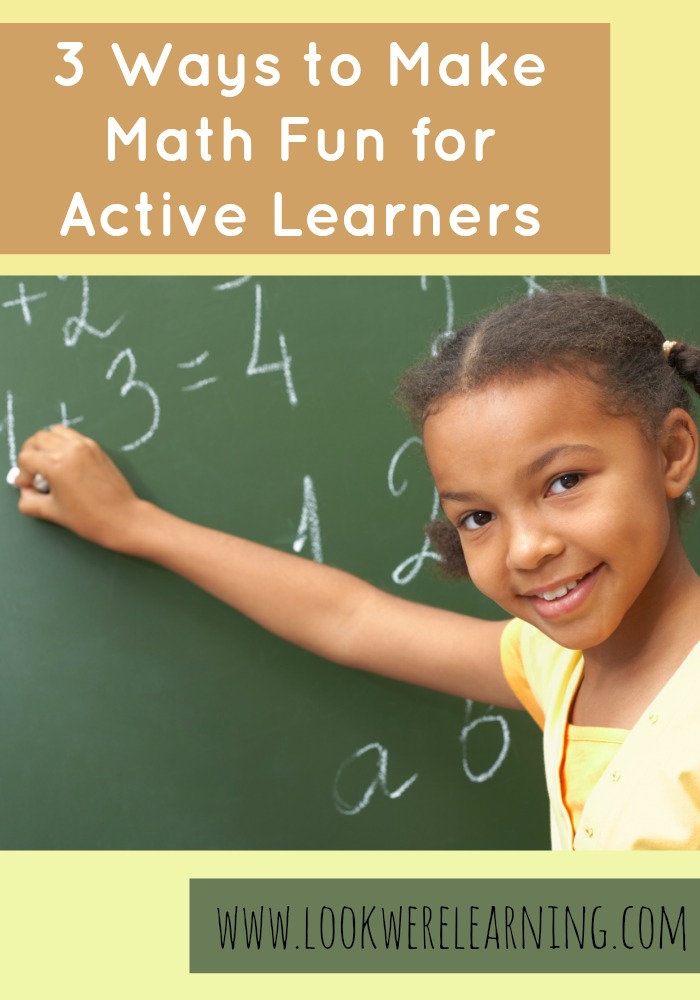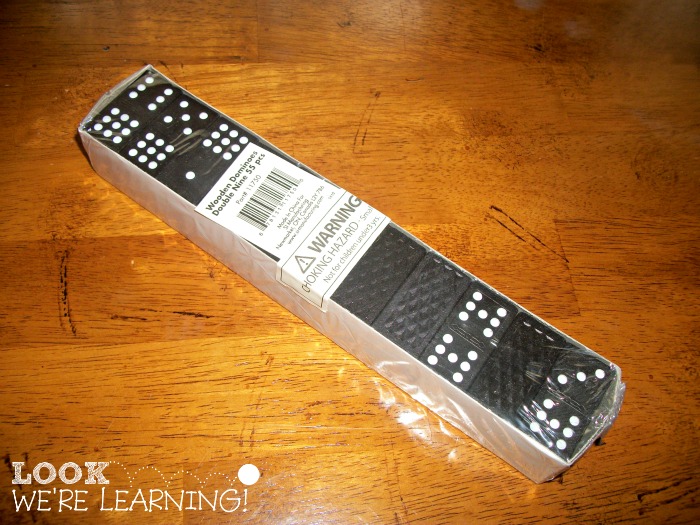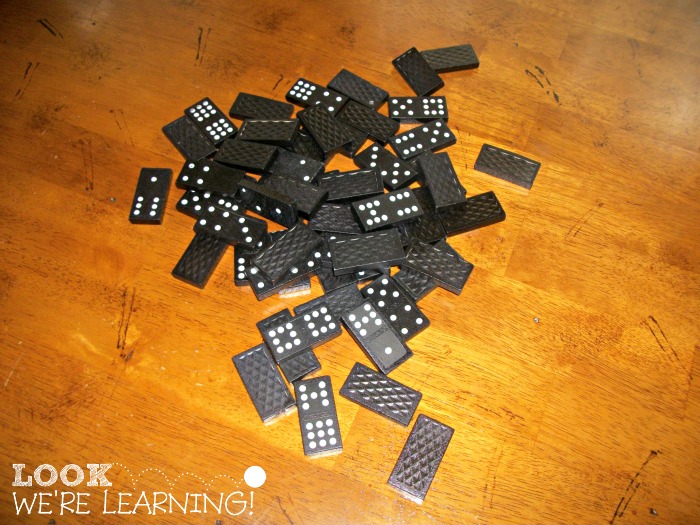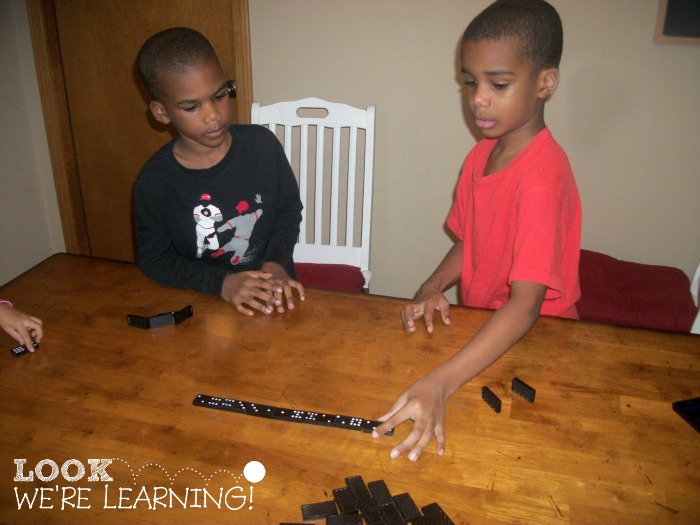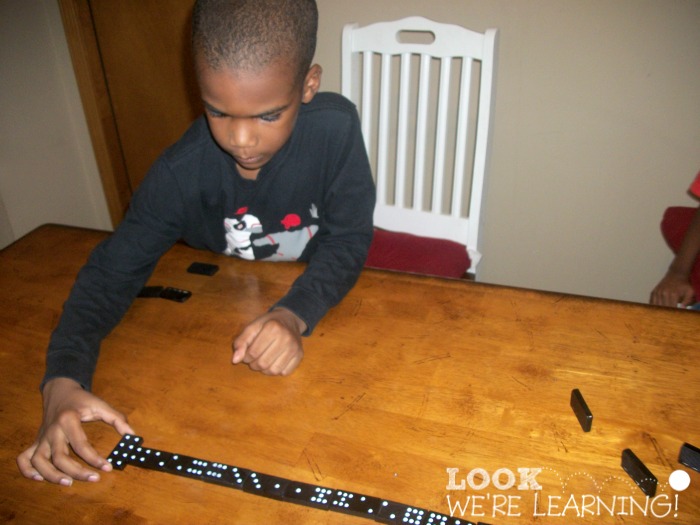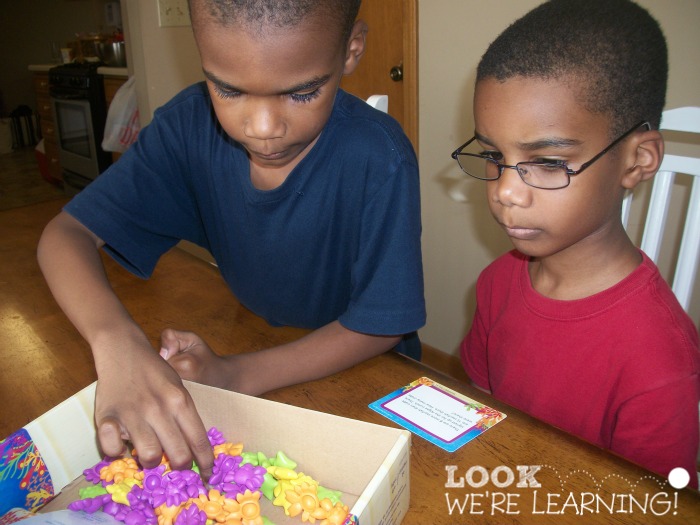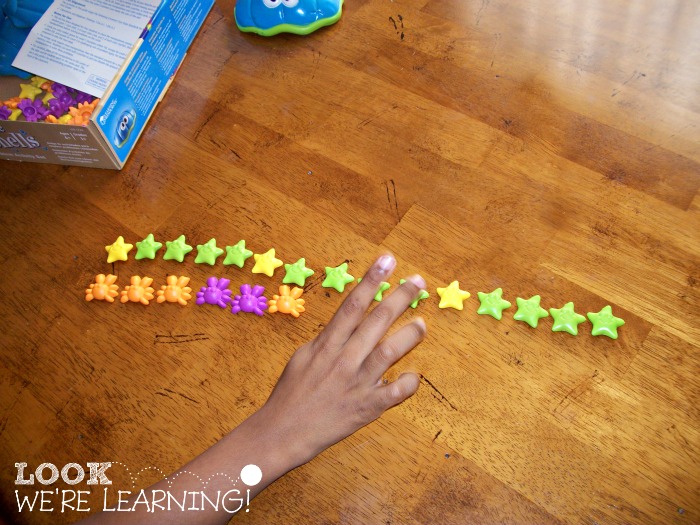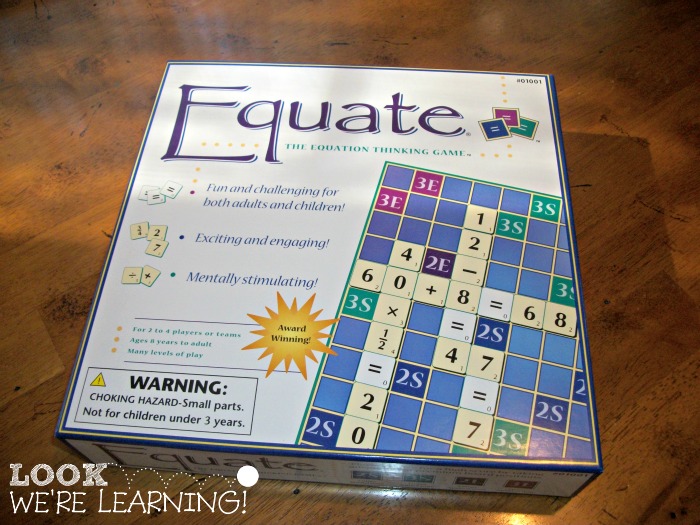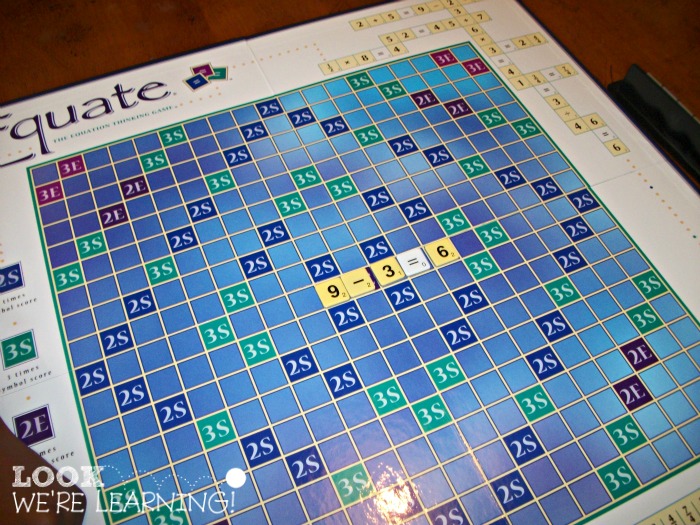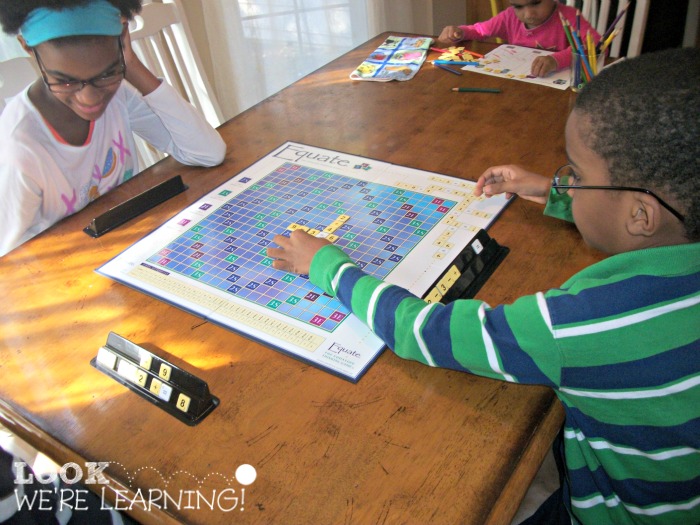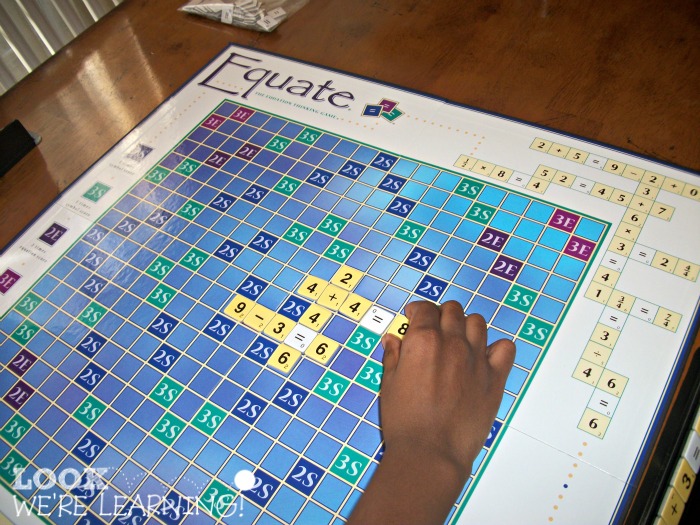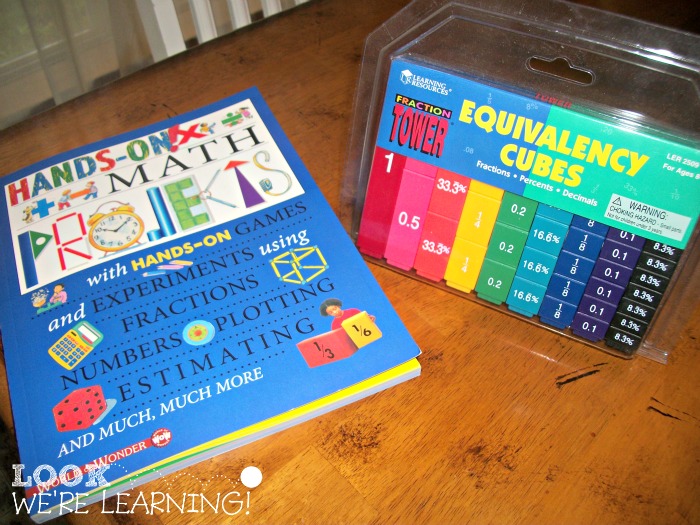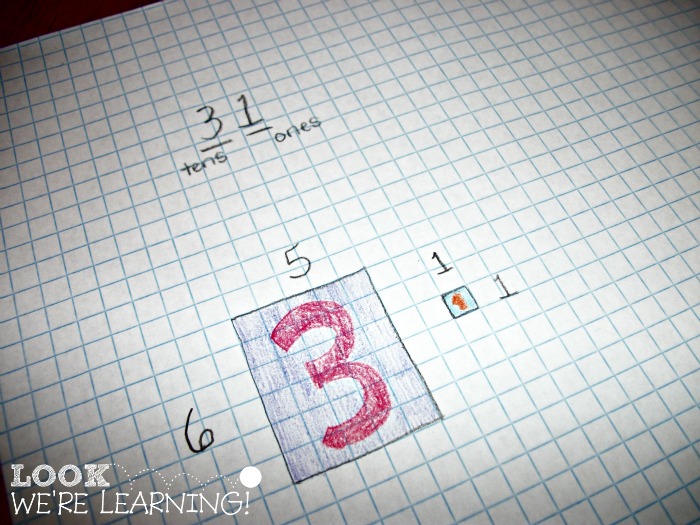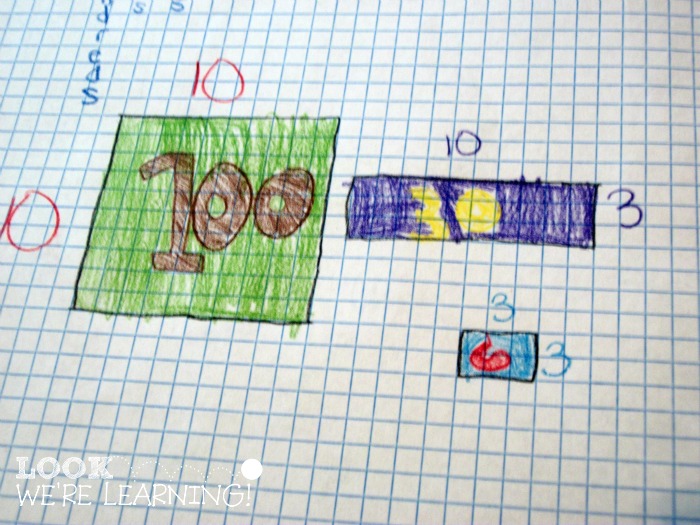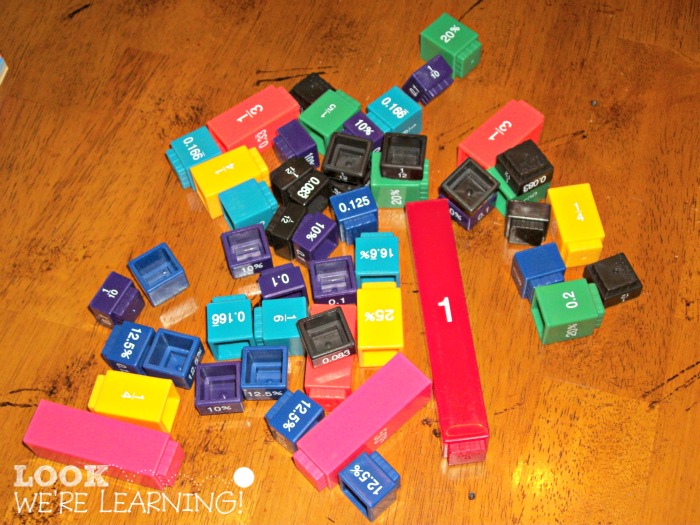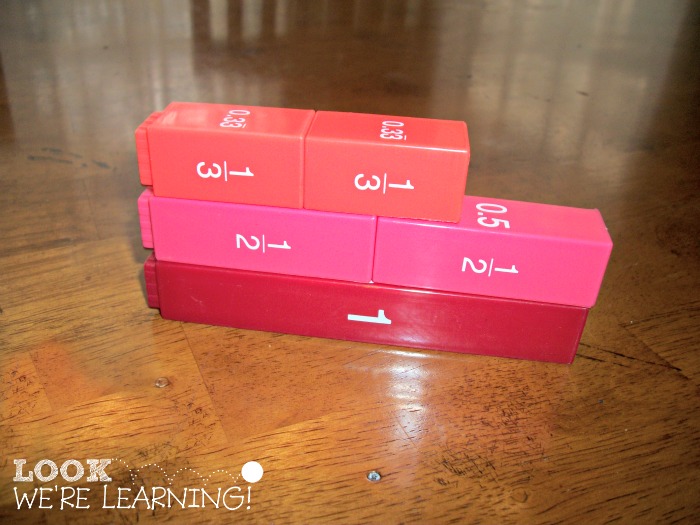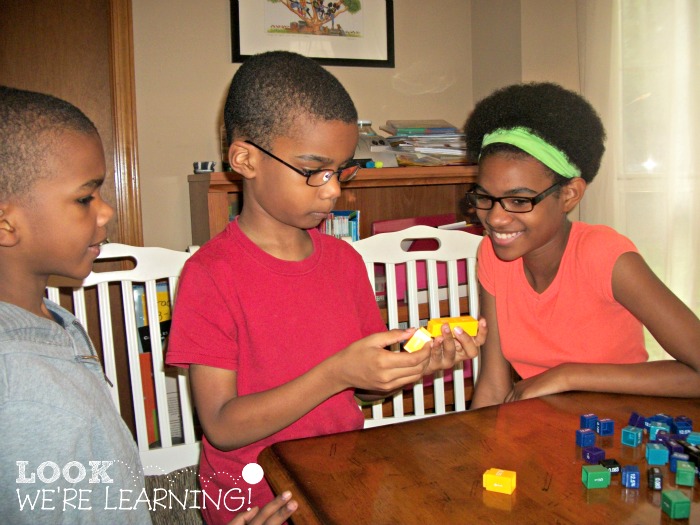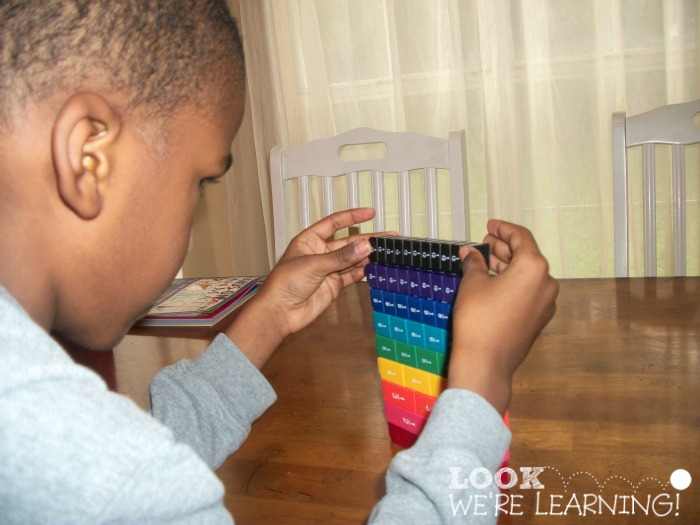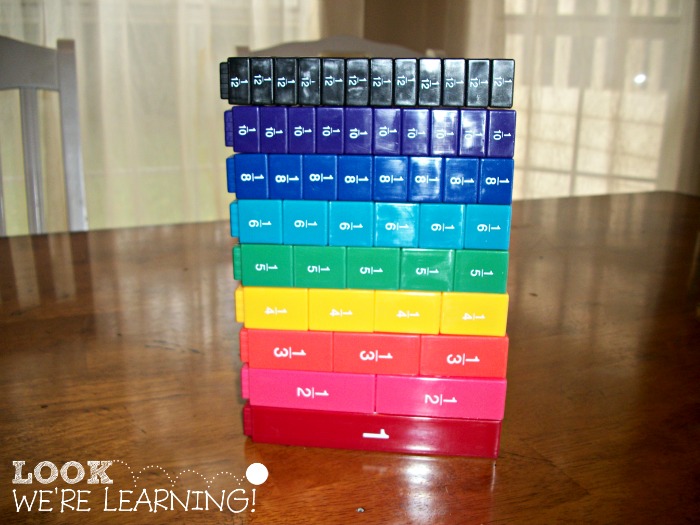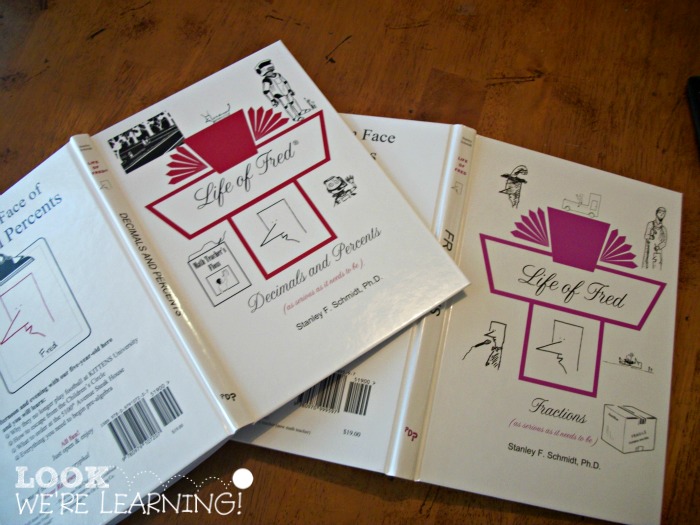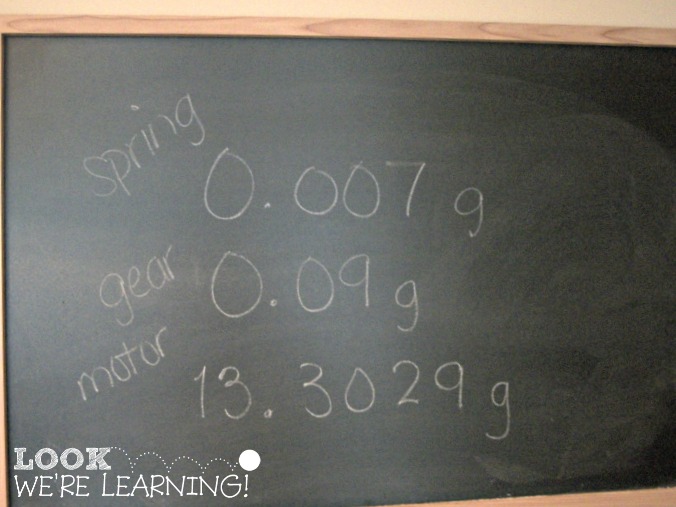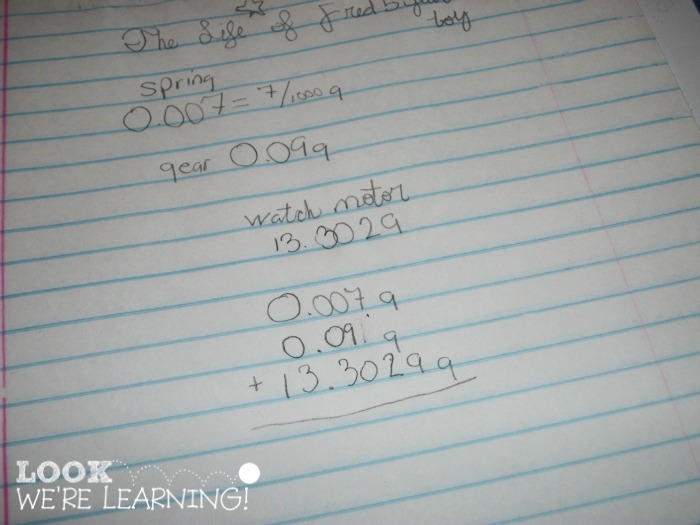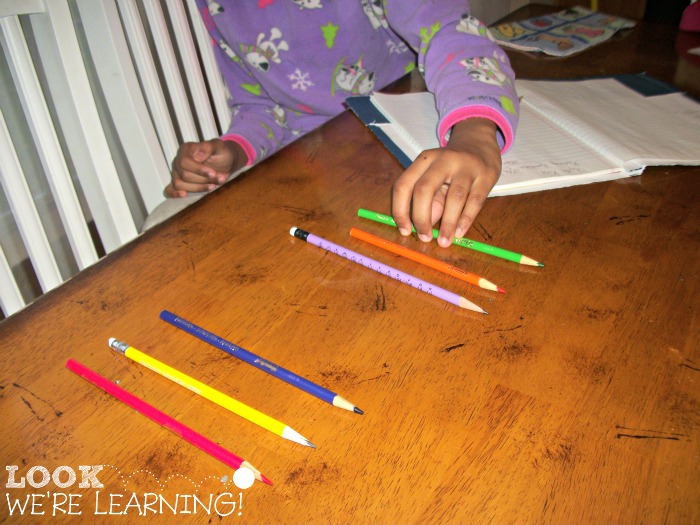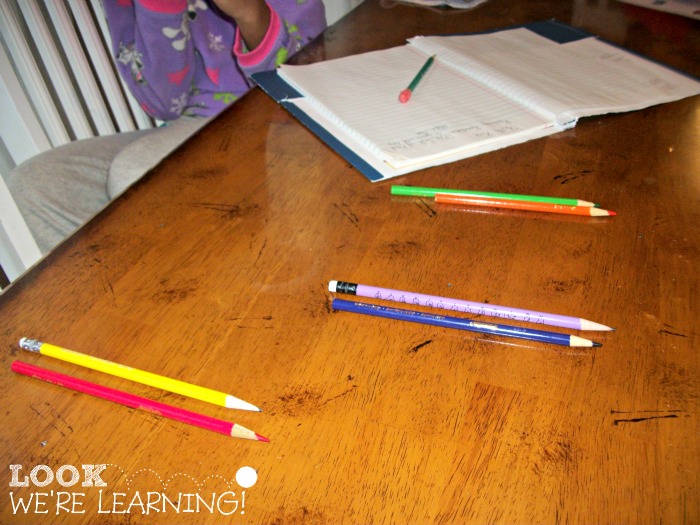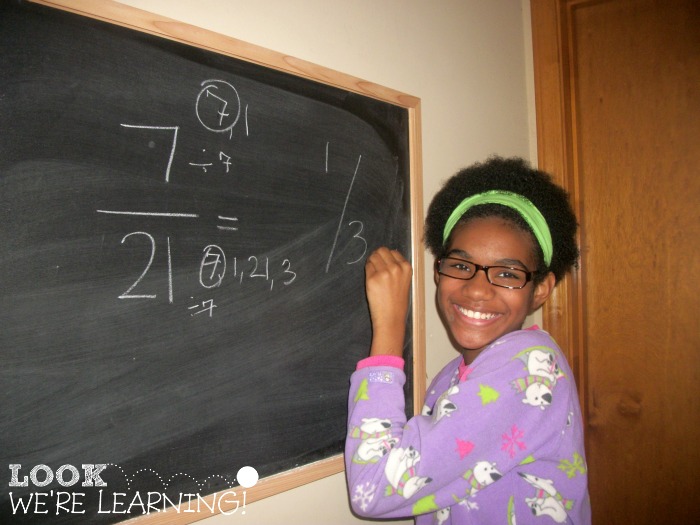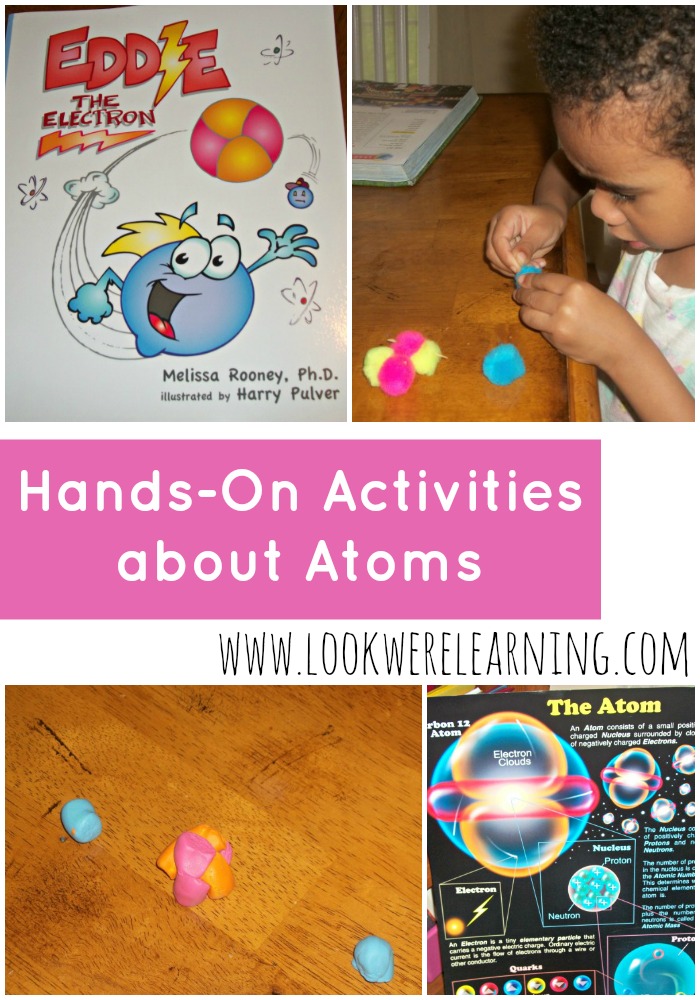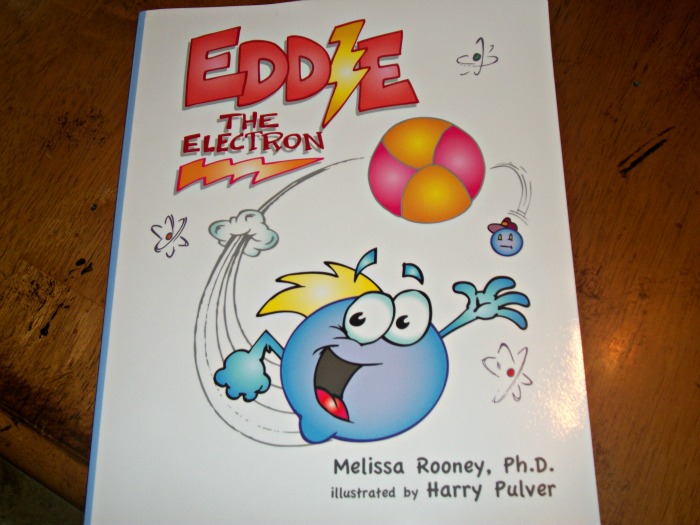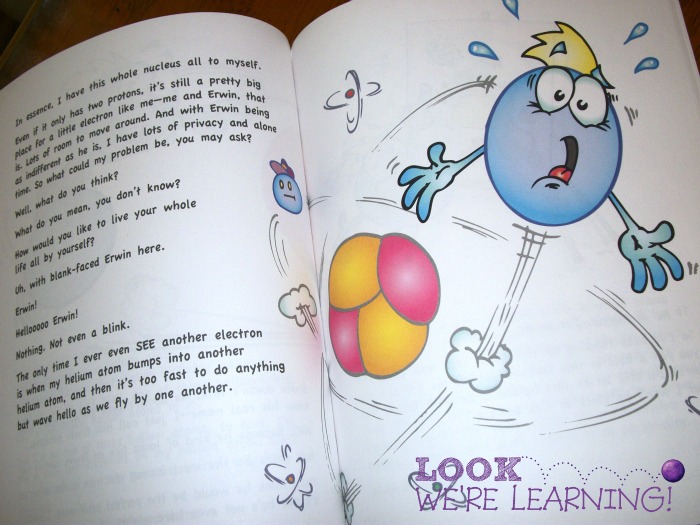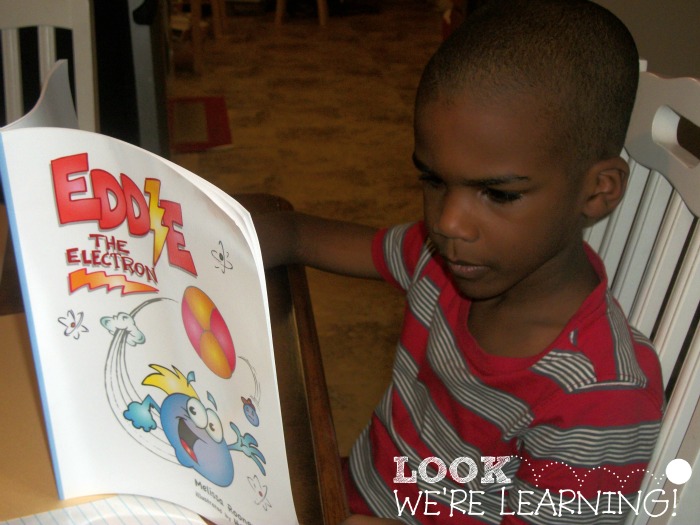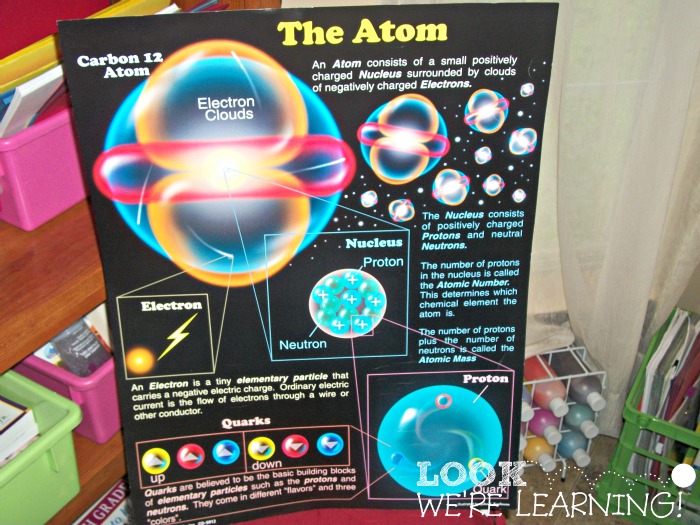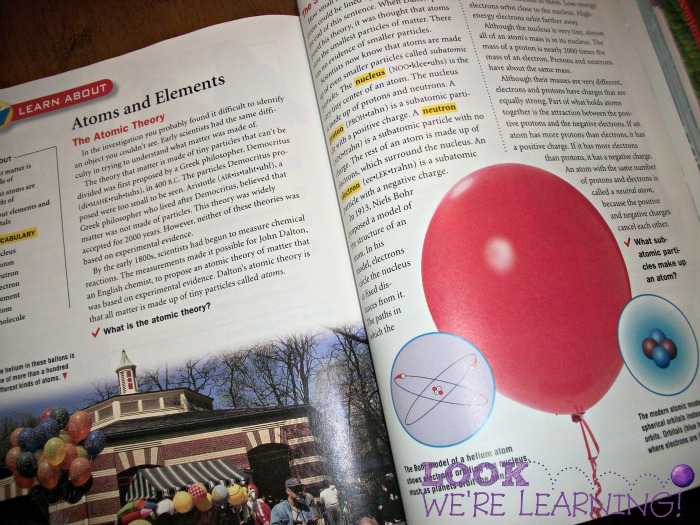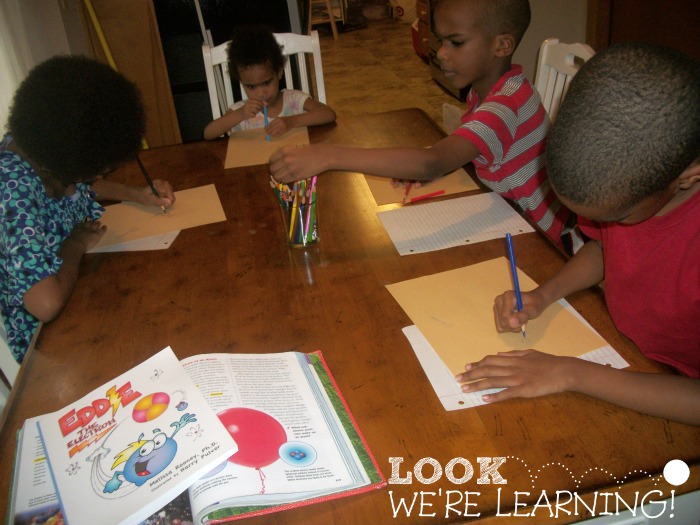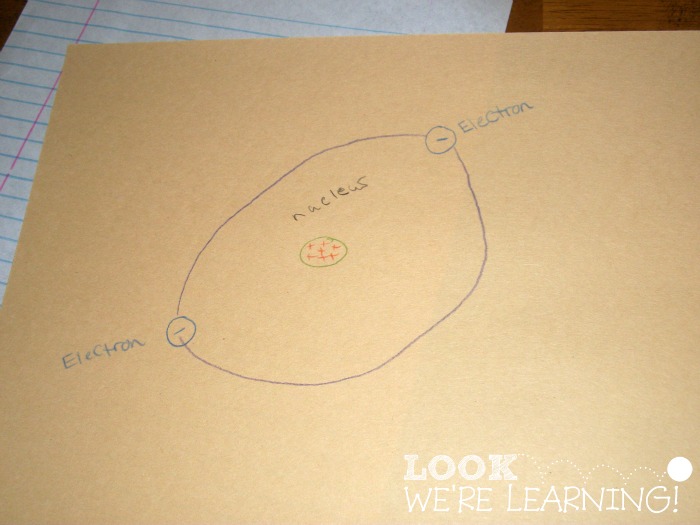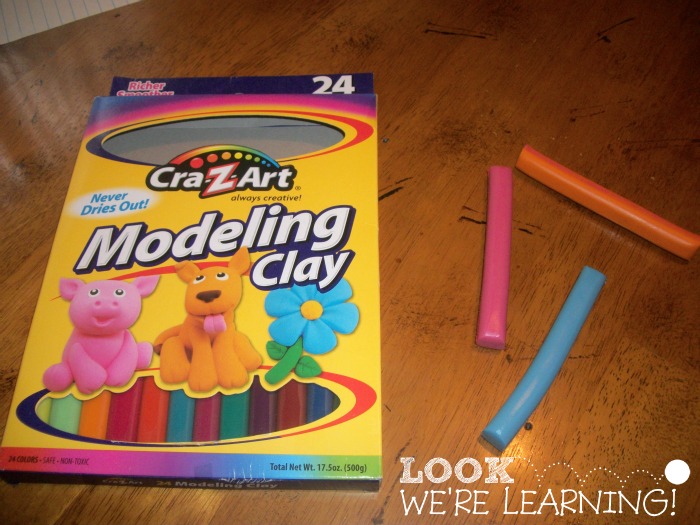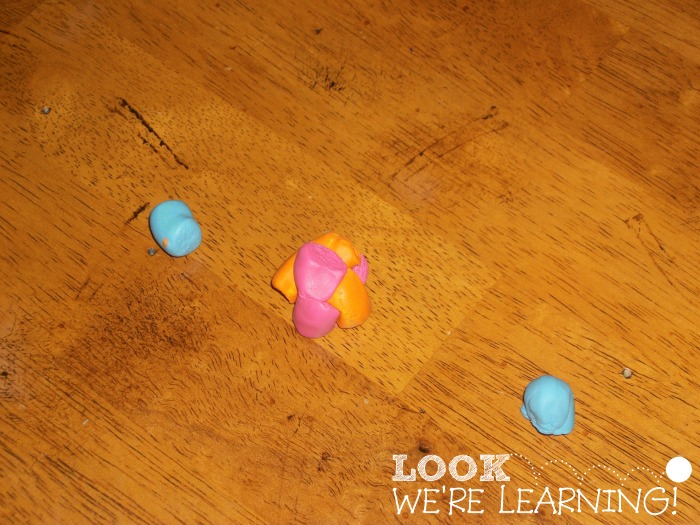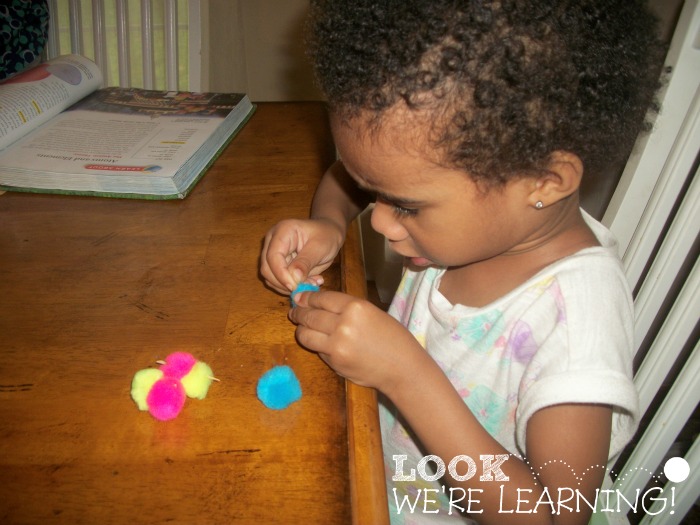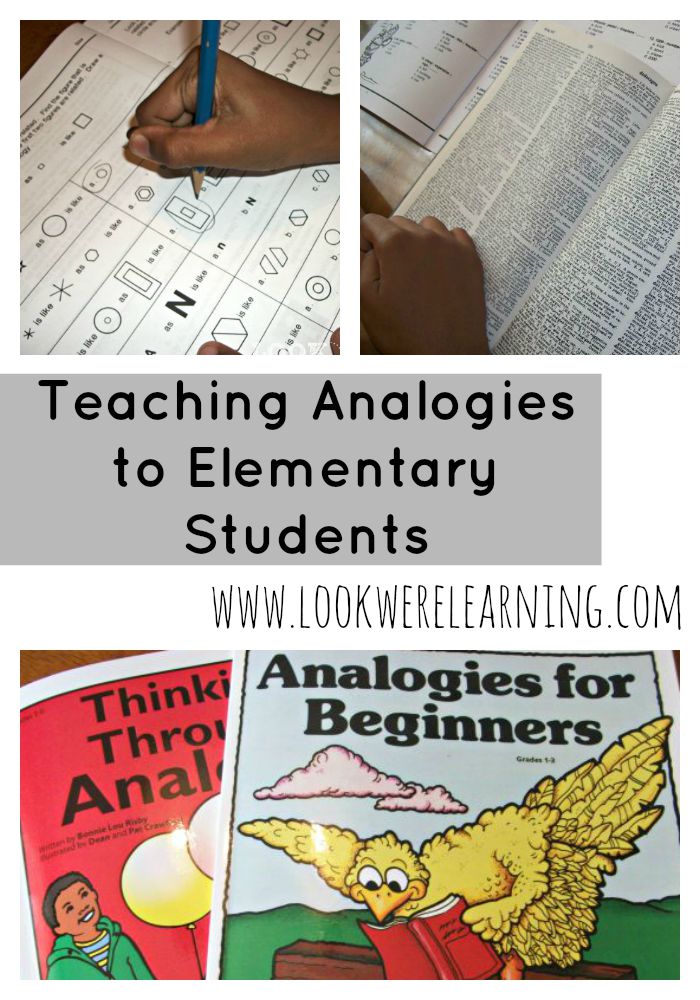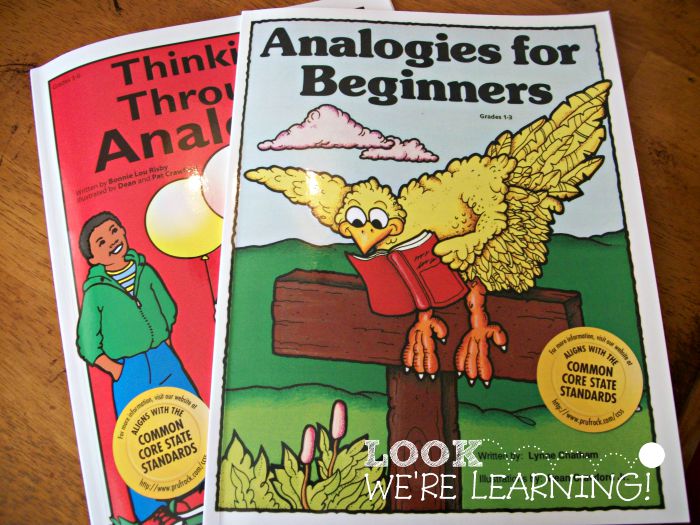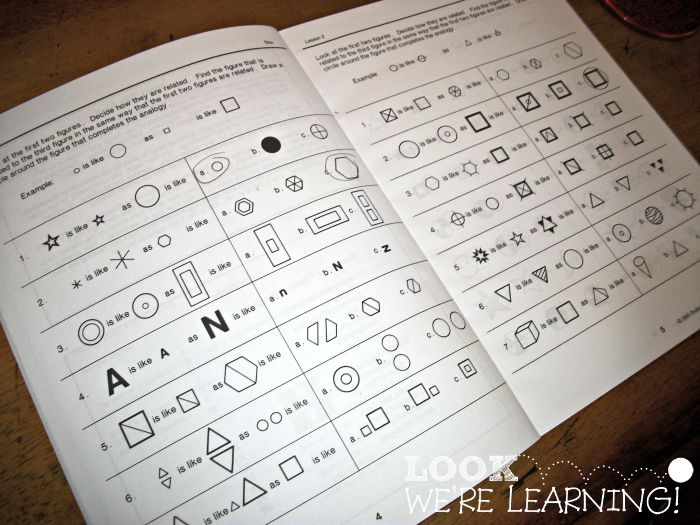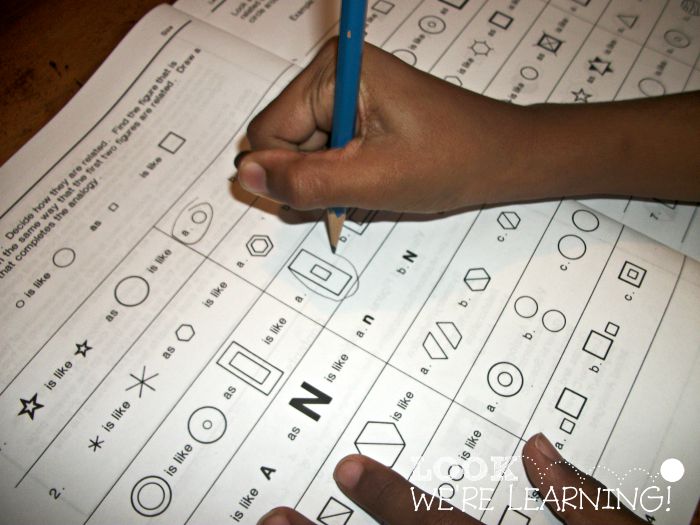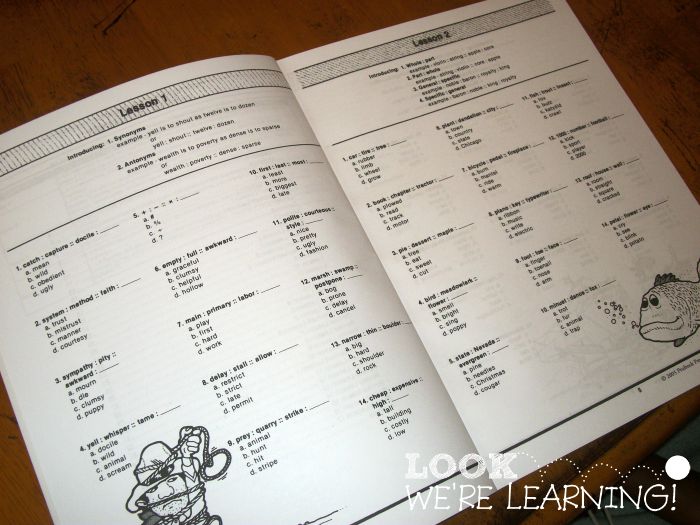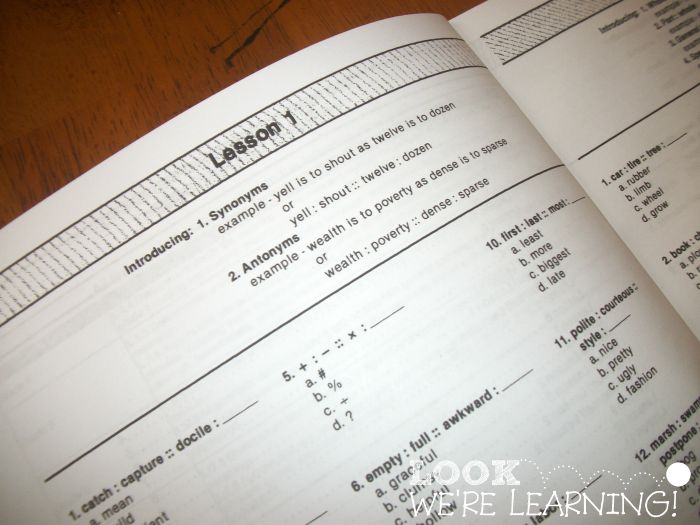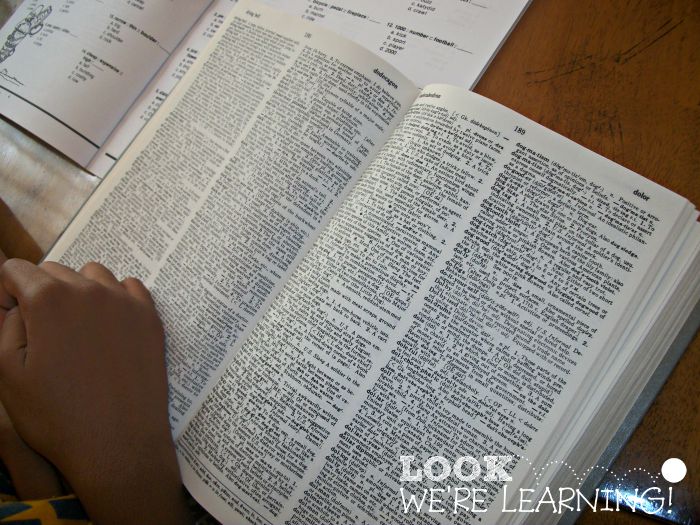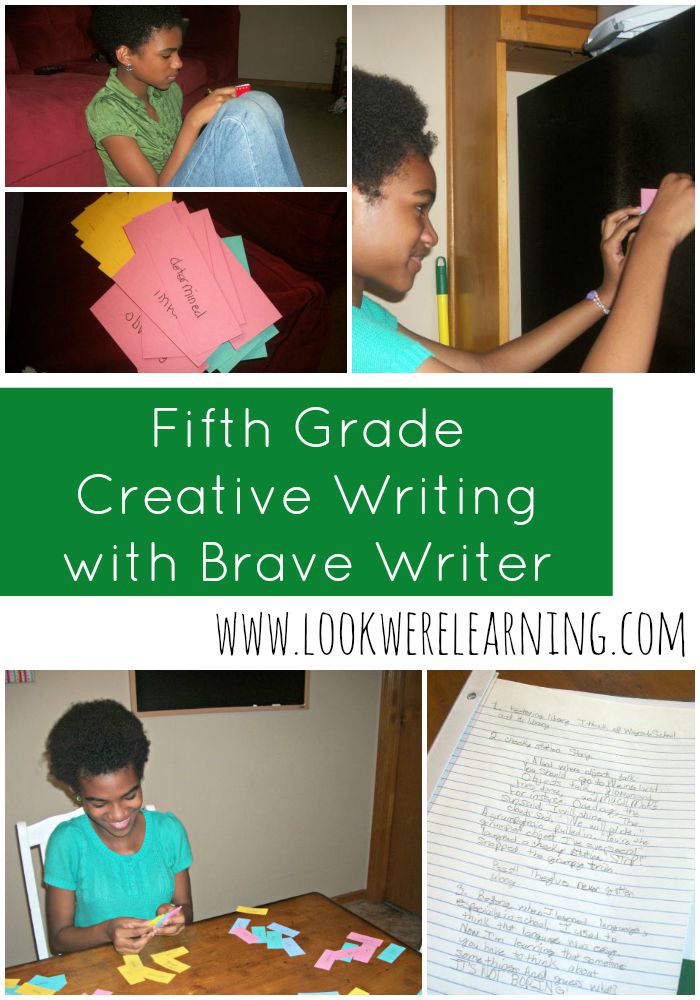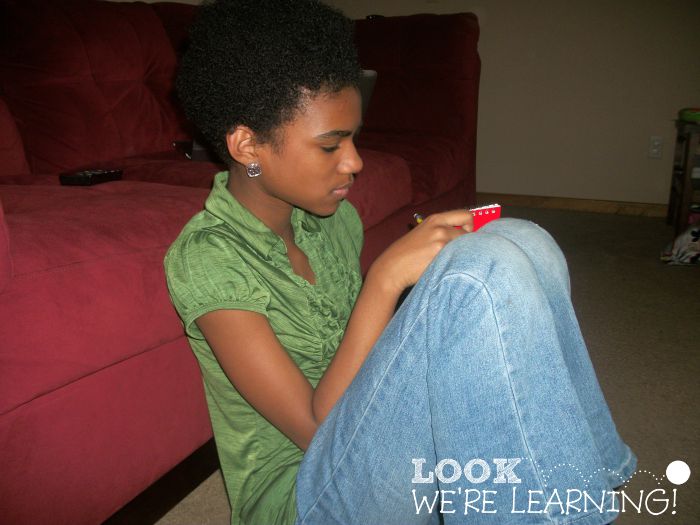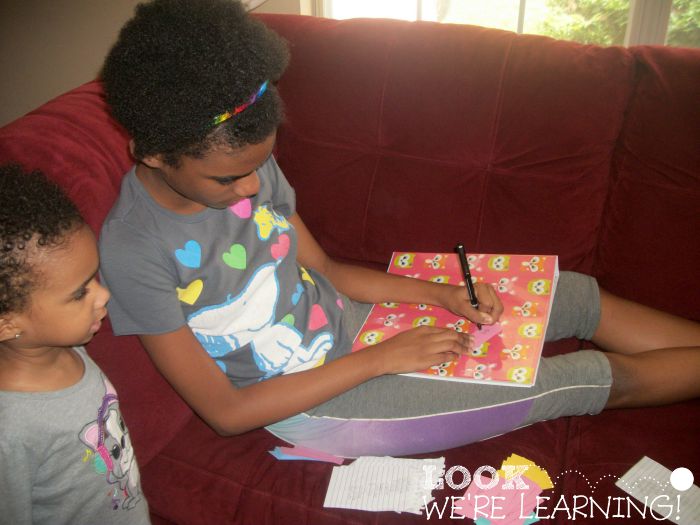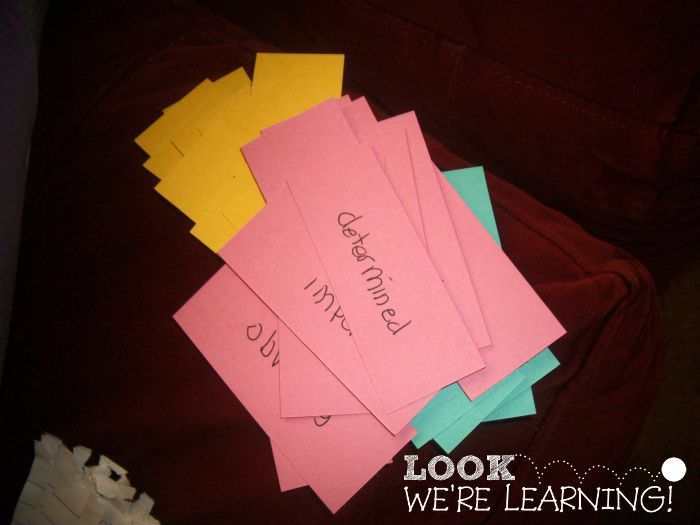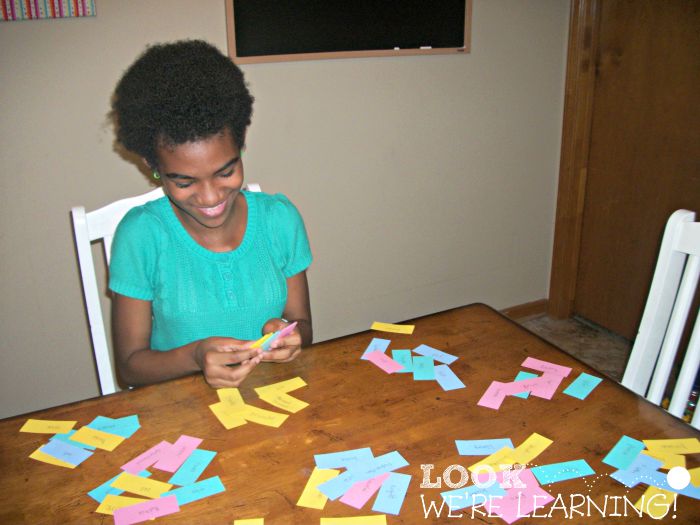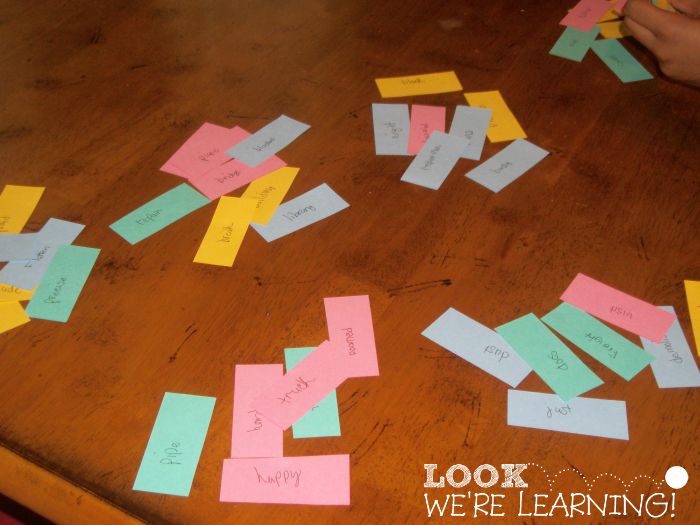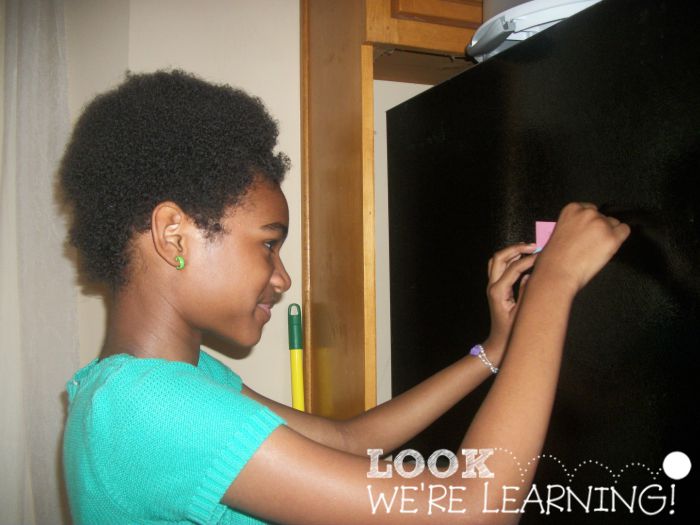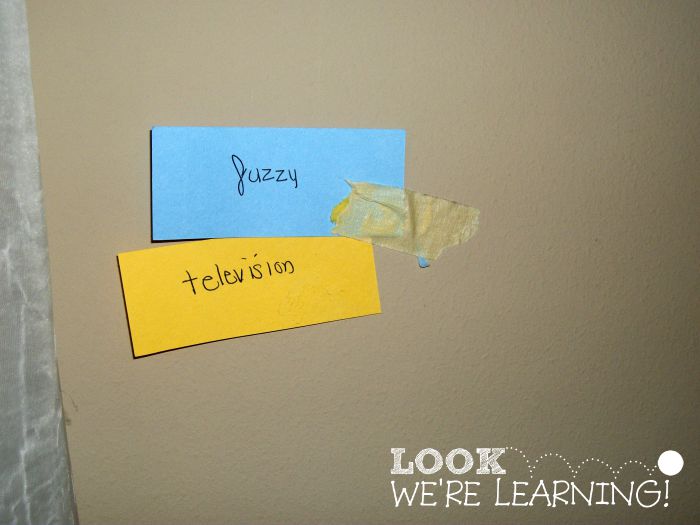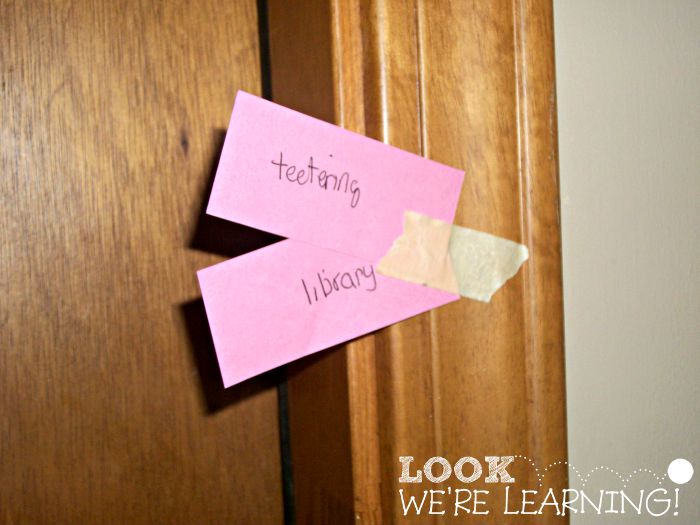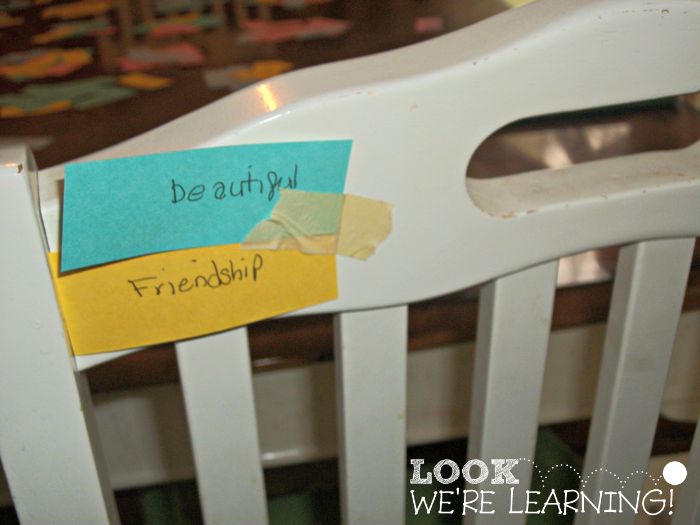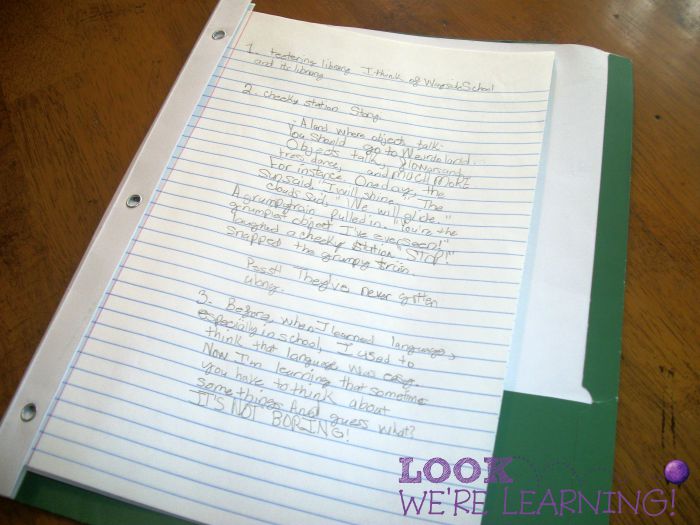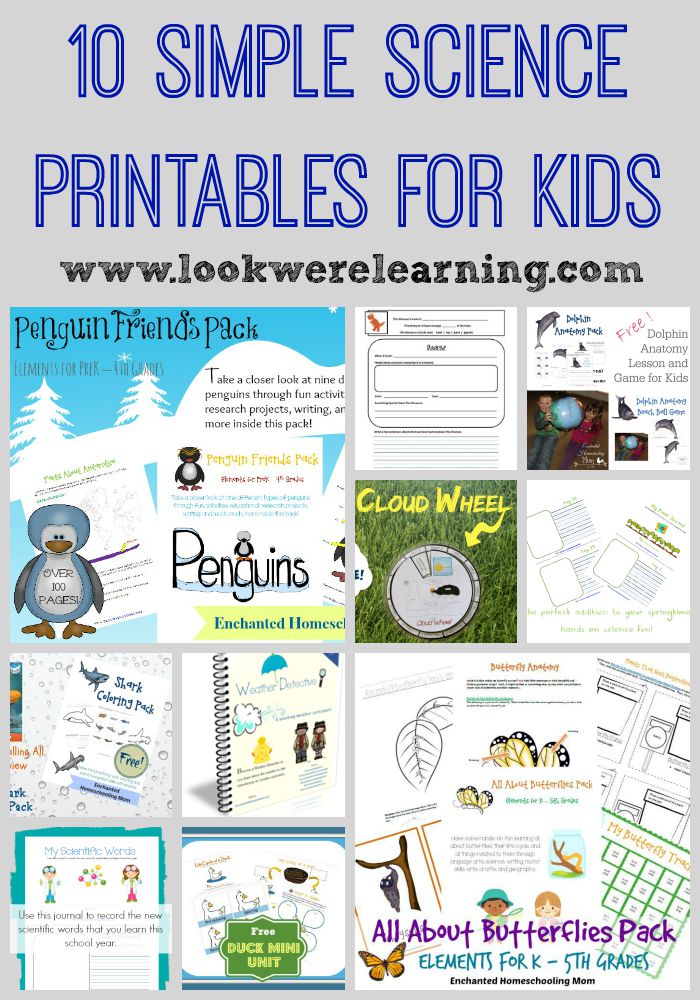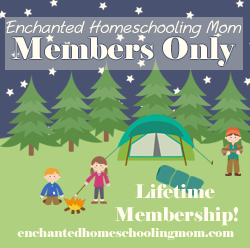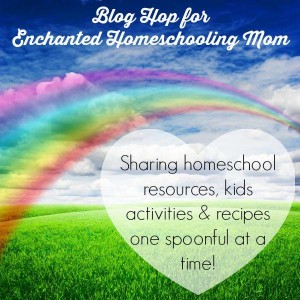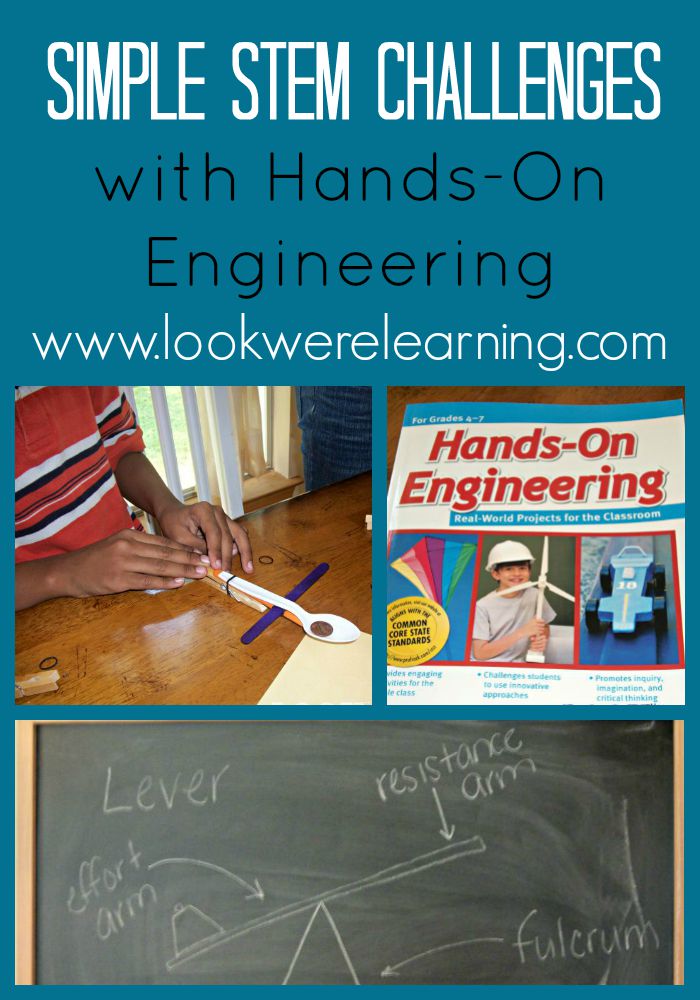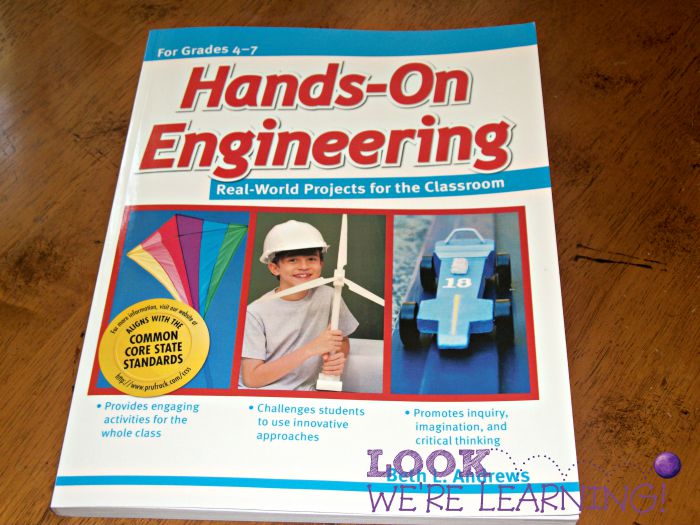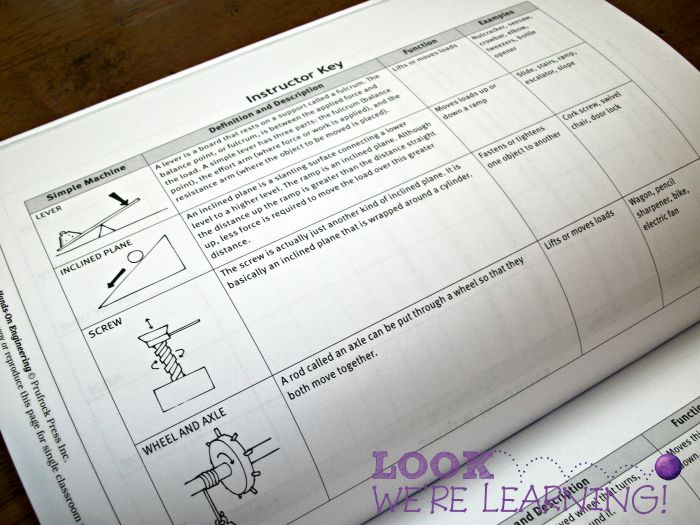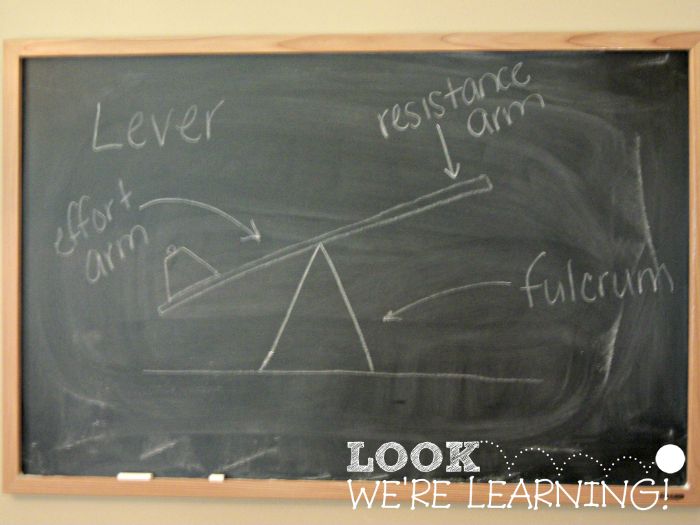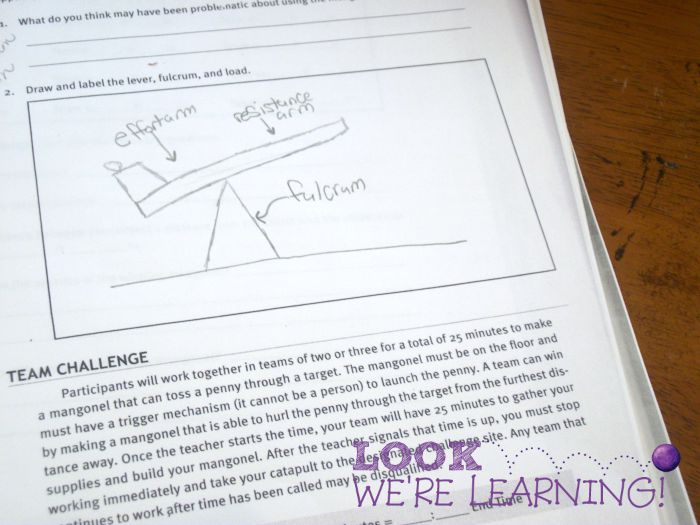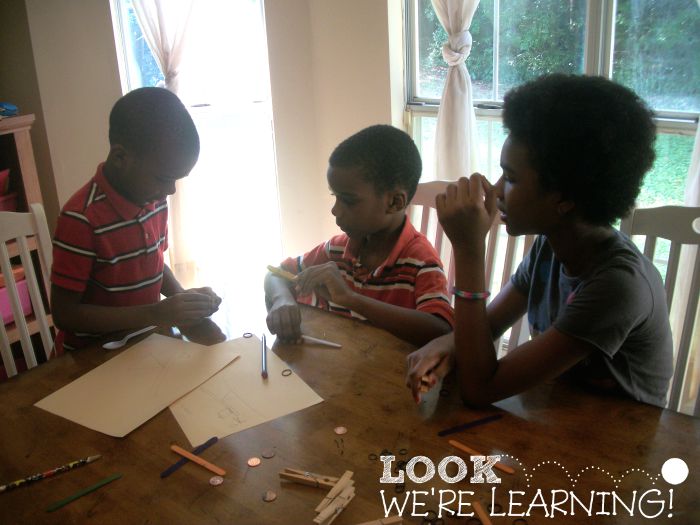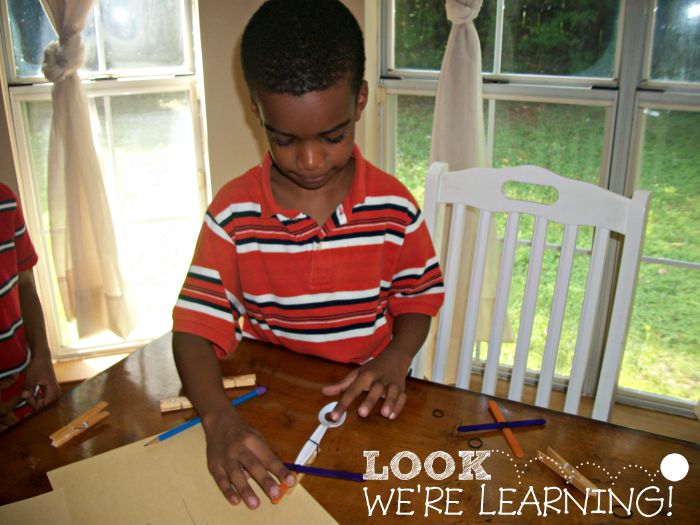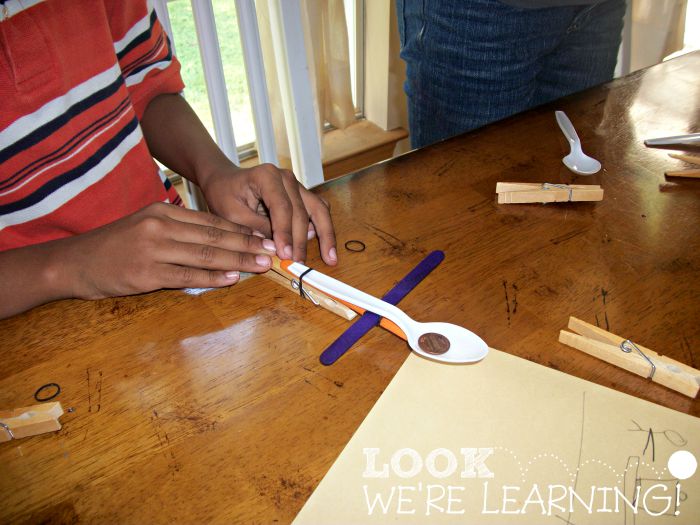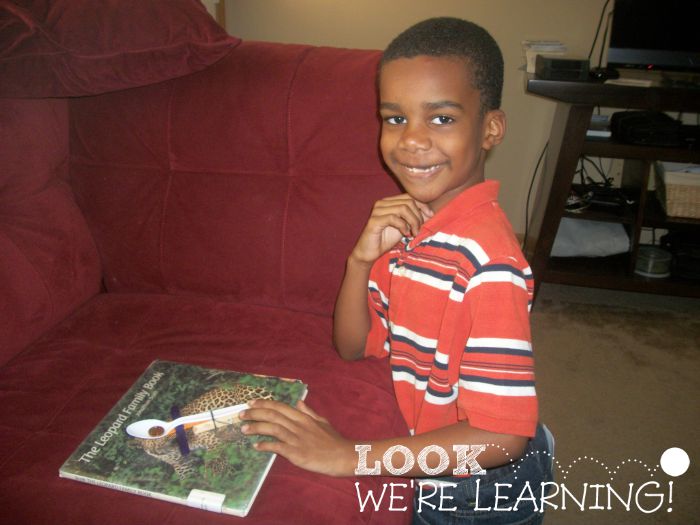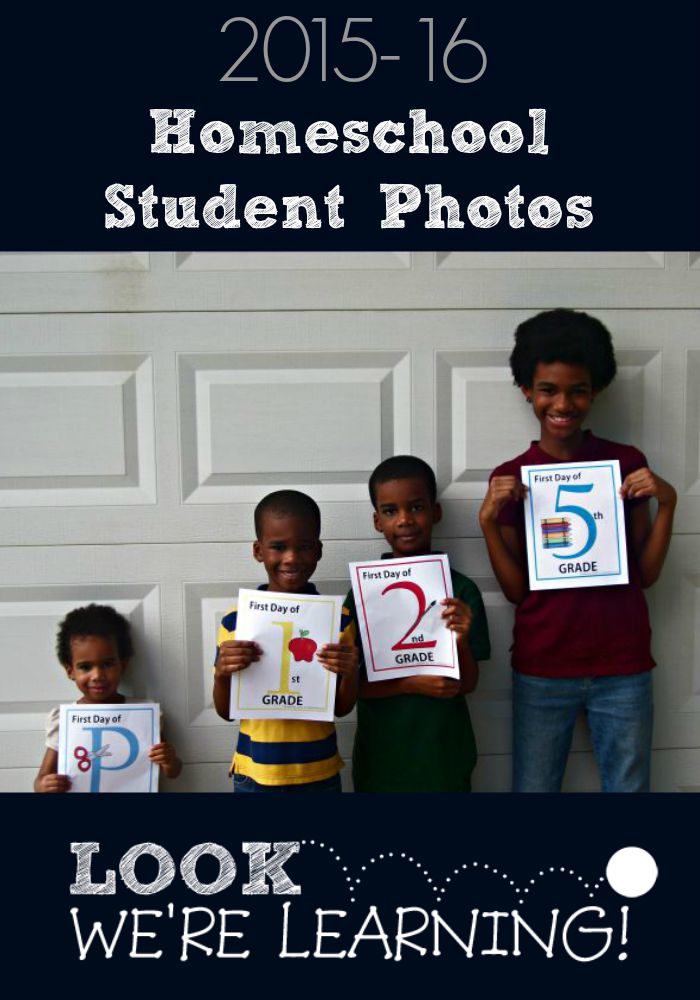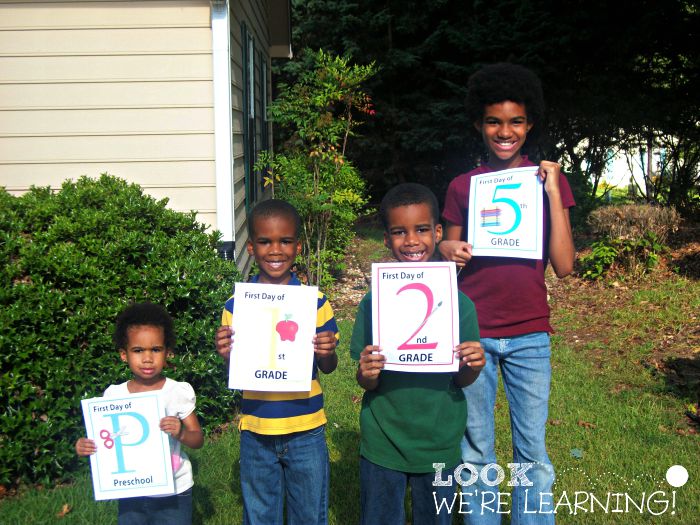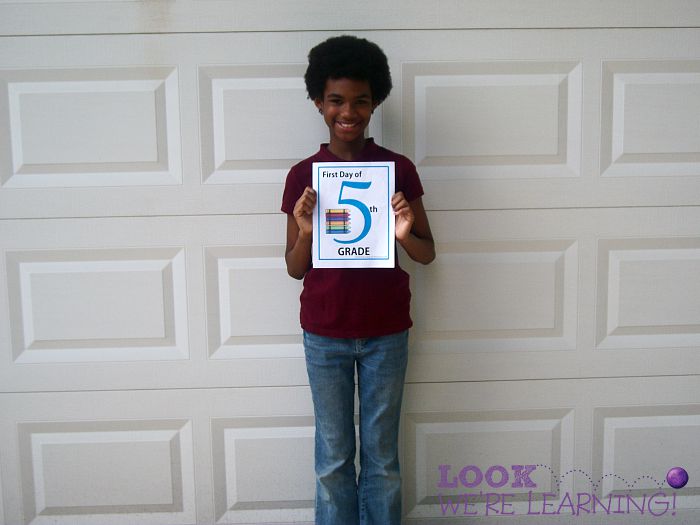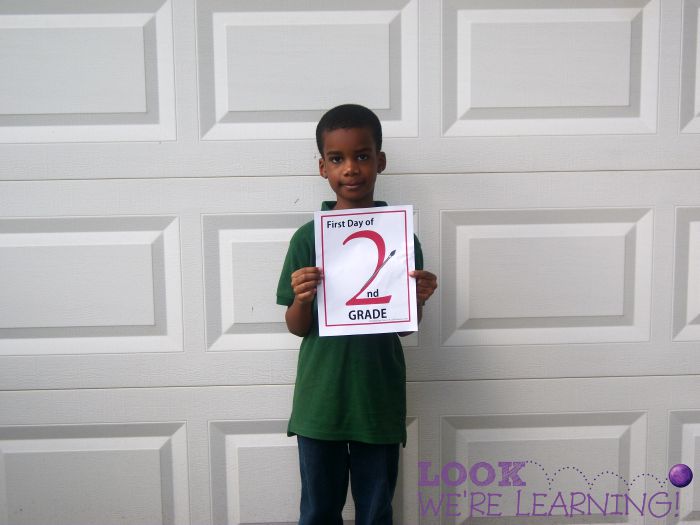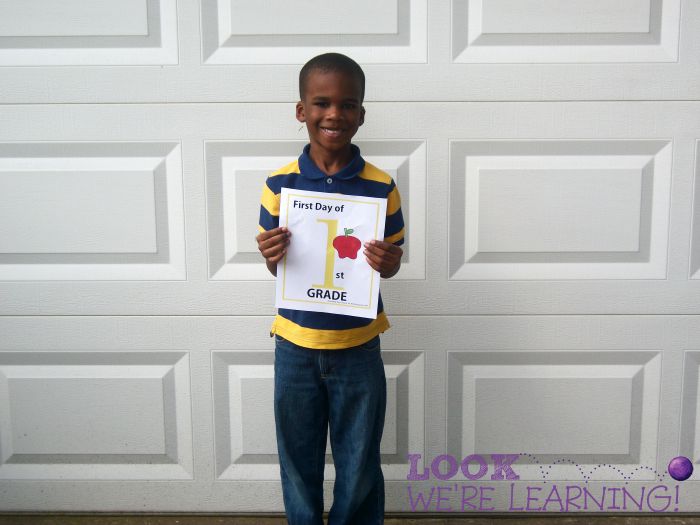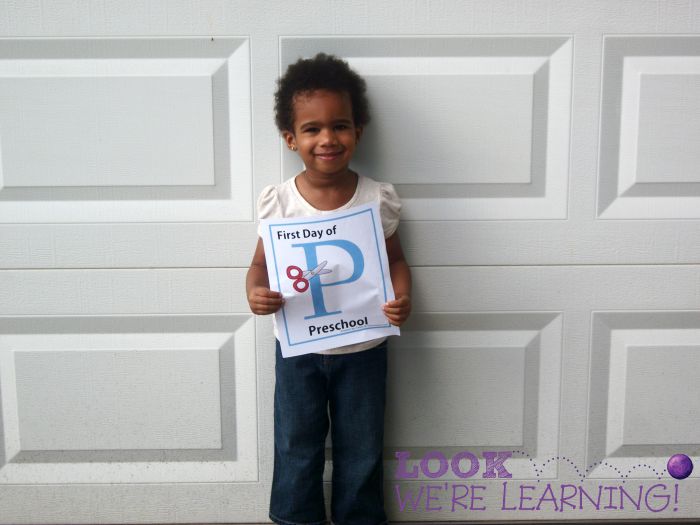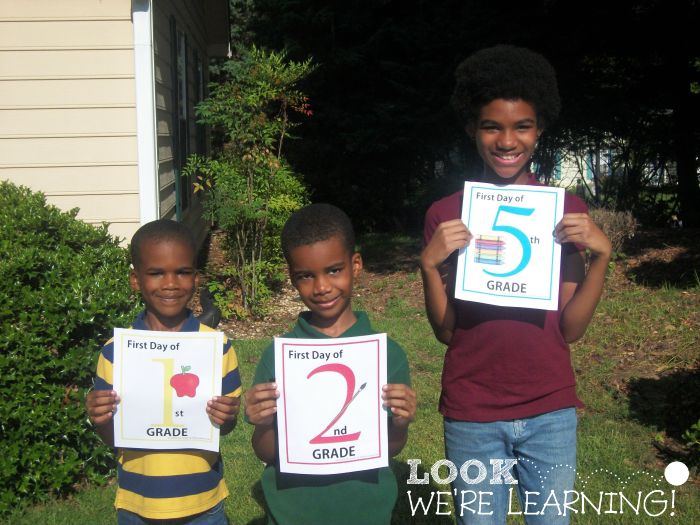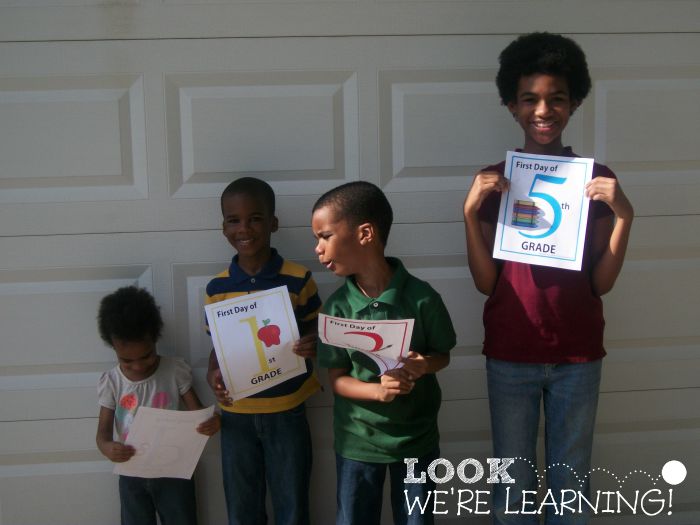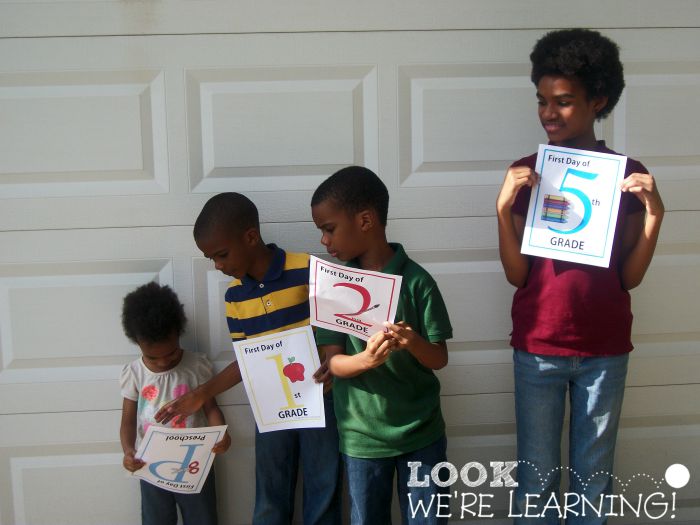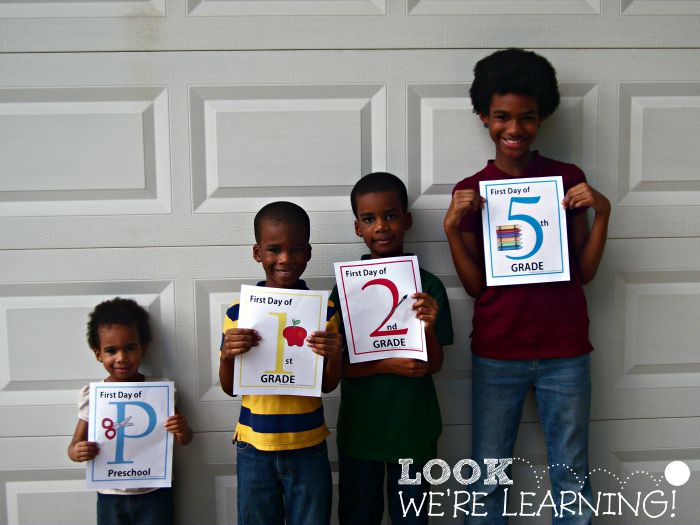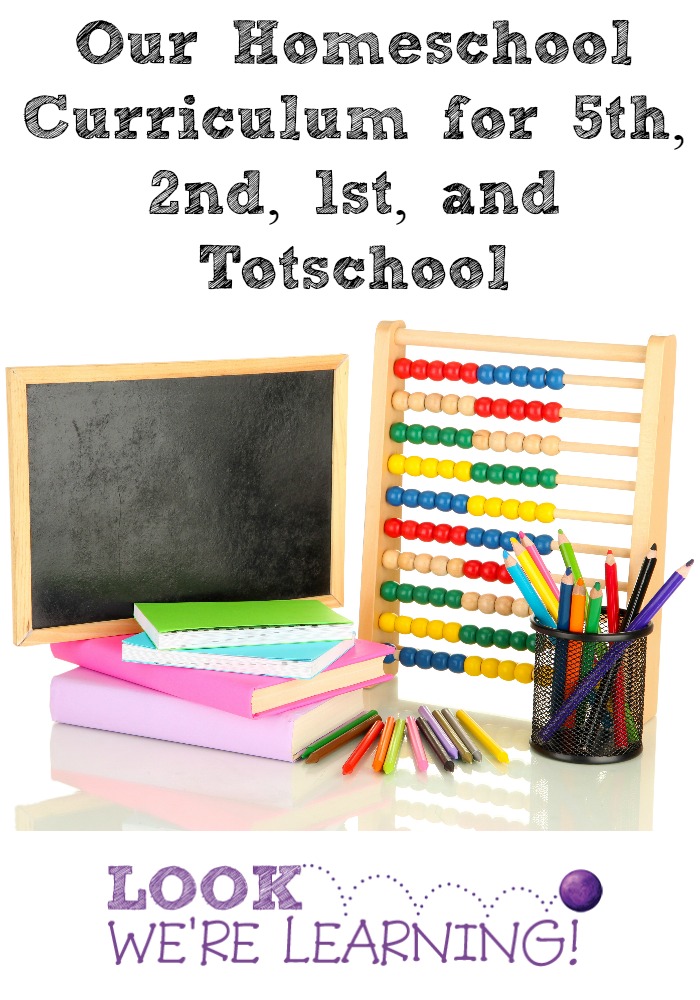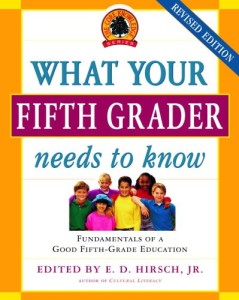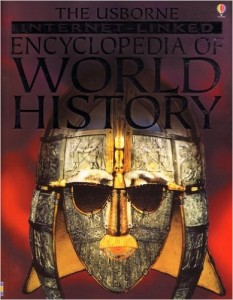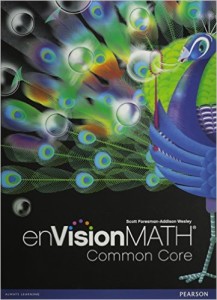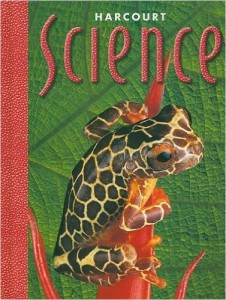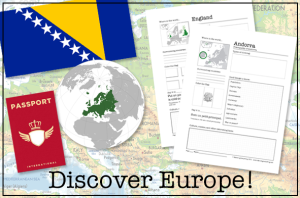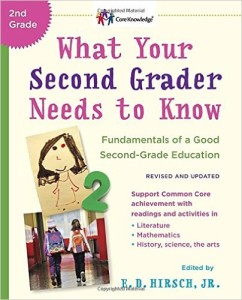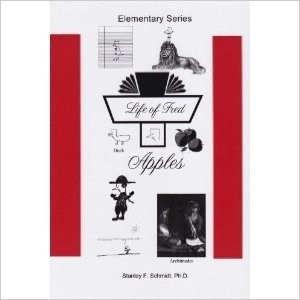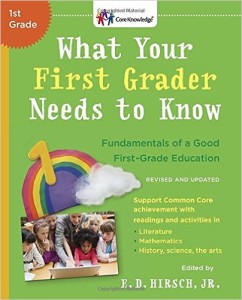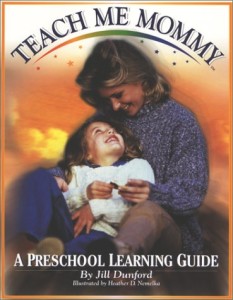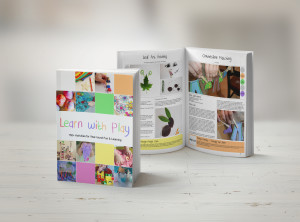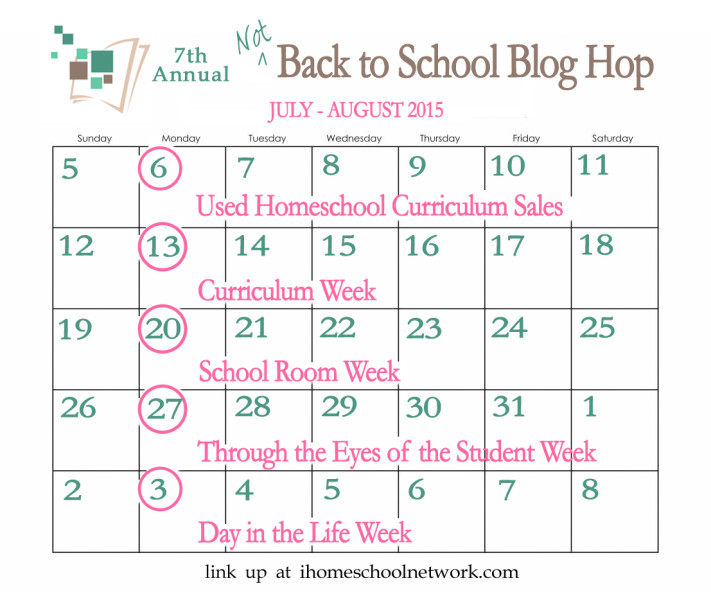We’ve been using unit studies in our homeschool since the very beginning. I love the idea of “settling in” to a specific topic and tying our school subjects into the topic, instead of the other way around.
Over the years, I’ve started creating our own homeschool unit studies. Often, I use a book or a video as the basis for the unit. But, recently, I’ve also found that I can create a unit using kids’ magazines! Here’s how to make a unit study with magazines for kids!
Disclosure: I received this product in exchange for this post and I was compensated for my time. All opinions are my own and I was not required to post a positive review.
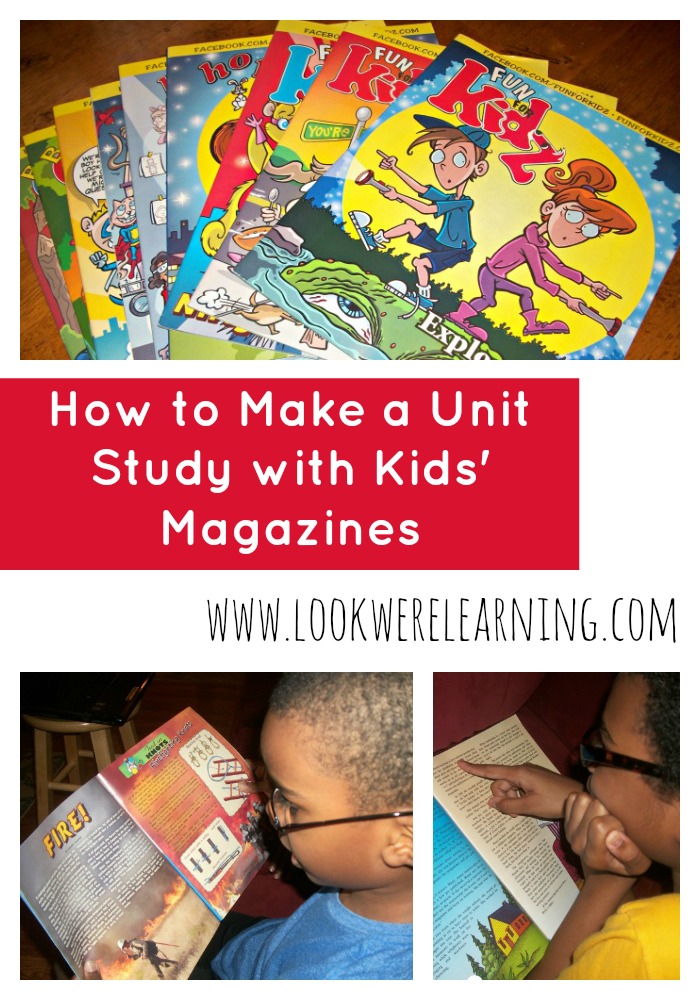
Choosing a Good Set of Kids’ Magazines
First, you’ll have to find a great set of magazines for kids. Most recently, we used Fun for Kidz magazine as a starting point for some of our units.
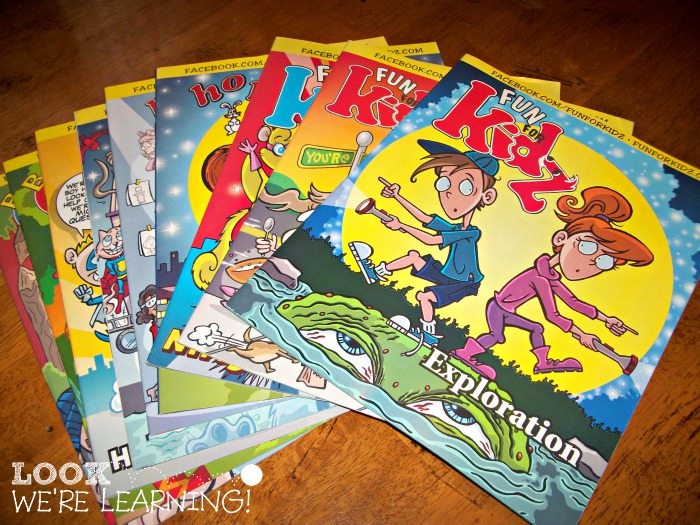
If it’s been awhile since you’ve perused a children’s magazine, I can tell you that times have seriously changed since I read them as a kid. Many kids’ magazines nowadays have a LOT of advertisements, and they may be for products or entertainment that you’d rather not show to your children.
Fun for Kidz is different. There are NO advertisements at all. So I can hand the magazine to my children and let them read without having to tear out questionable content in advance.
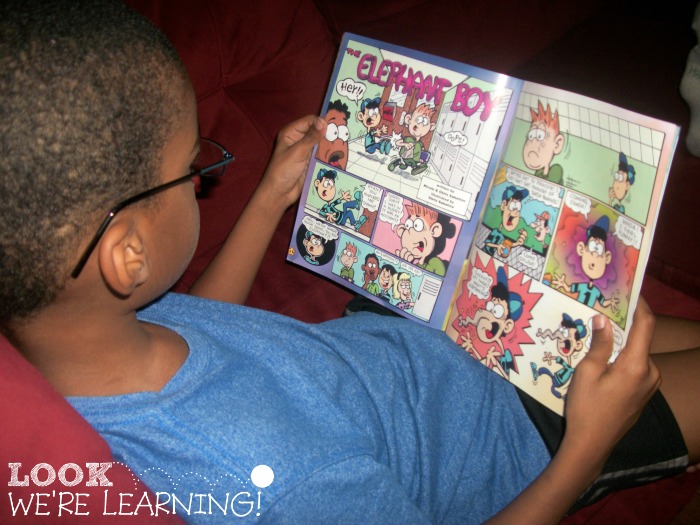
Fun for Kidz is available in three versions:
Fun for Kidz – the original magazine, which features stories, comics, games, activities, and non-fiction articles
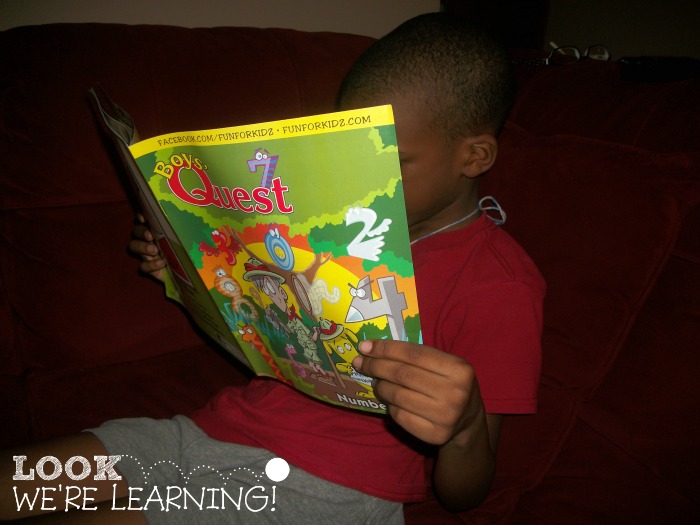
Boys’ Quest – geared toward boys aged 6 to 14 and featuring exploration and discovery
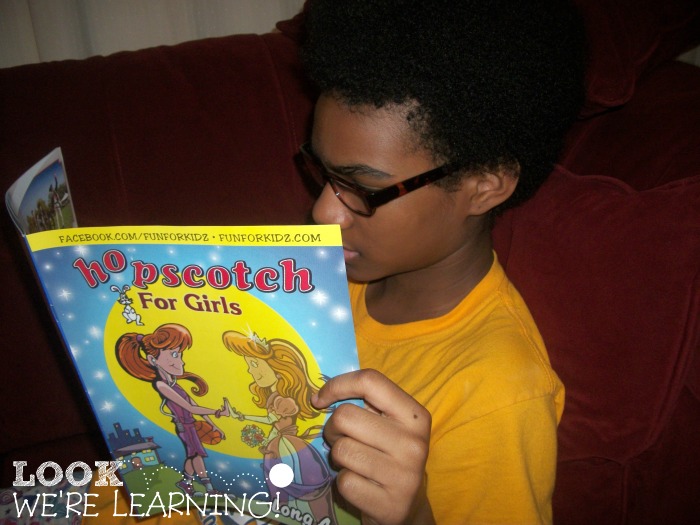
and Hopscotch for Girls – geared toward elementary and middle school-aged girls and featuring articles, stories, craft activities, and puzzles.
As you can see, there is something in Fun for Kidz for everyone. In fact, the content was so good that my kids ended up swapping magazines after they were done! So girls can read Boys’ Quest and boys can read Hopscotch for Girls without feeling weird. 🙂
How to Make a Unit Study with Kids’ Magazines
Okay. So you have your magazines. Now, how do you make them into a unit study? Simple. You find an article that features a broad topic and you build your unit around it.
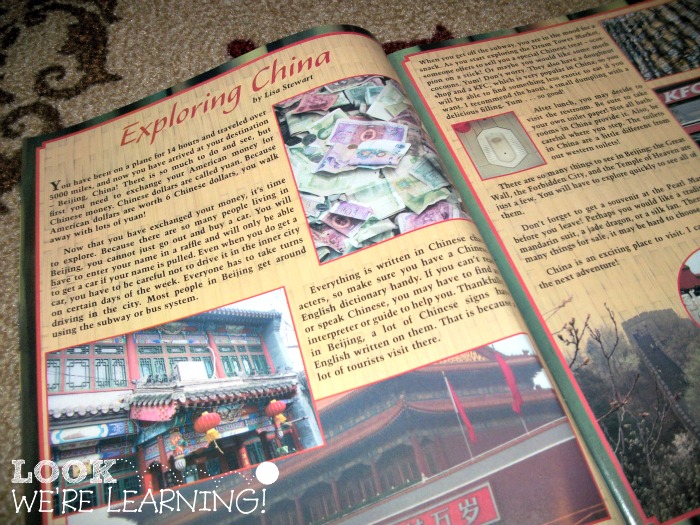
For example, this edition of Fun for Kidz has an article on China. That’s a super broad topic for a unit study. You can use the information in the article to research additional topics and find matching activities, movies, and books. Since the article mentions Beijing, learning to write and speak Chinese, and Chinese currency, those are excellent areas to focus on in the unit.
Maybe you could read a few books about Beijing (reading), watch a video about what the city looks like and how it was built (geography/history), learn how to calculate the currency exchange rate (math), try to cook an authentic Chinese dish (cooking), and brush up on how to write and pronounce a few words in Chinese (foreign language). That sounds like a pretty good unit to me!
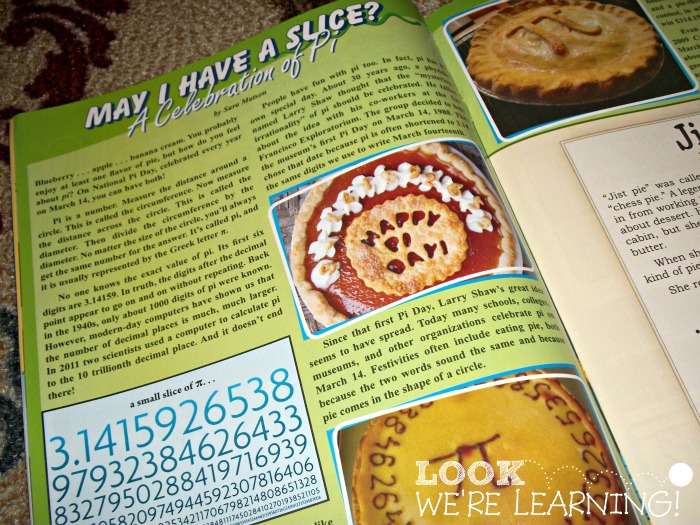
This was a short article about Pi. Why not use it as a starting point for a Pi Day unit?
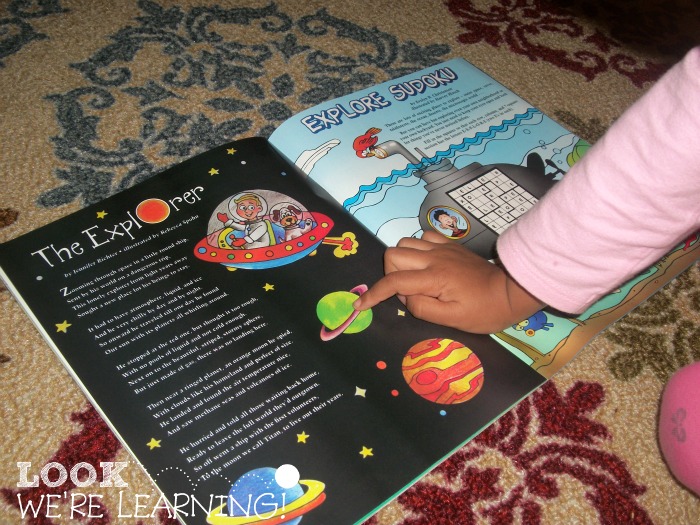
Piglet loved this poem about exploring outer space. Naturally, this would be a good fit for an outer space unit.

Anne of Green Gables is on our homeschool reading list for fifth grade this year. Tigger started reading this article about Lucy Maud Montgomery, which I think will end up being part of our Anne of Green Gables unit.
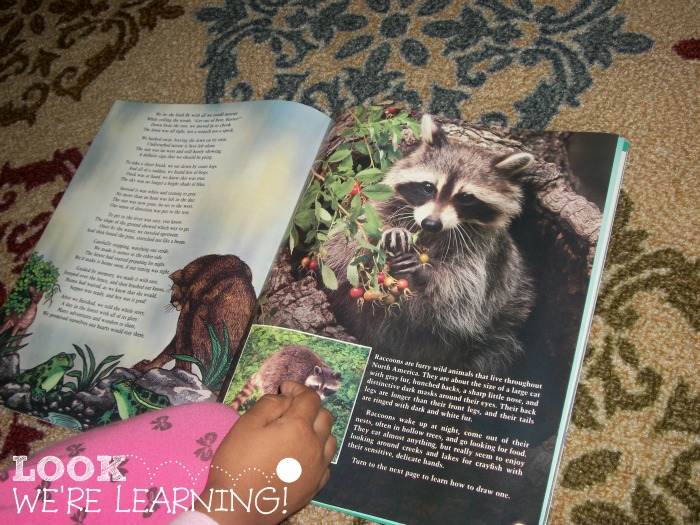
We’re talking about forest animals right now in our homeschool, so this article on raccoons would be a great intro to a raccoon unit!
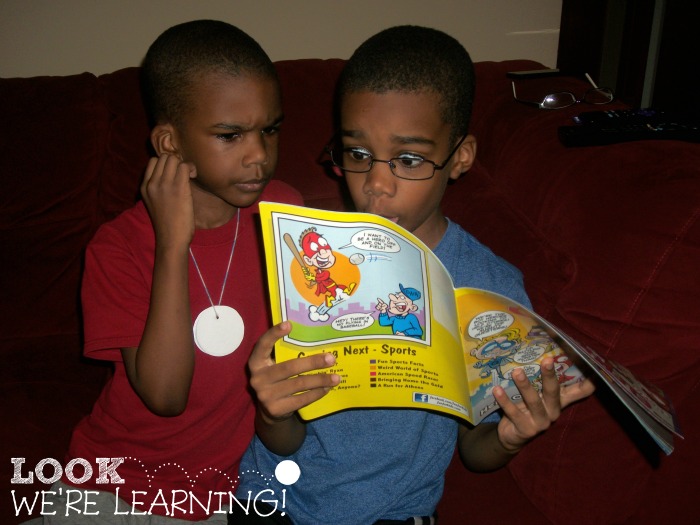
Of course, when the kids are reading the magazine, sound effects are encouraged. 🙂
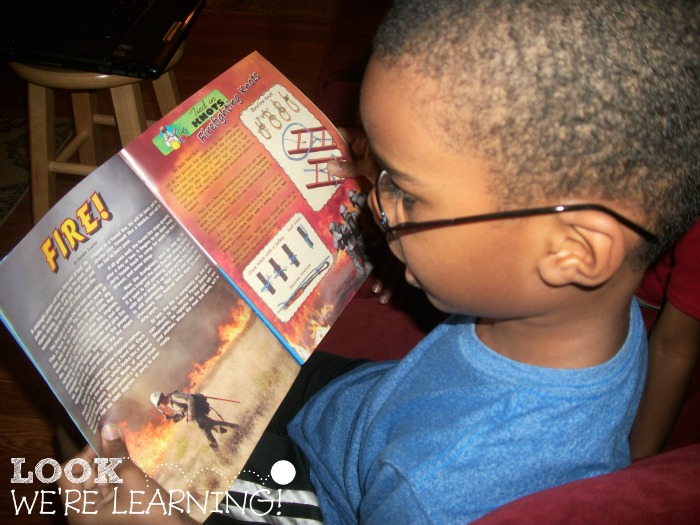
When Pooh saw the articles on firefighters, though, he was hooked. He’s wanted to be a firefighter for the last several months. So – that was our most recent unit study: a Firefighter Unit Study. And we used the Fun for Kidz articles as our inspiration!
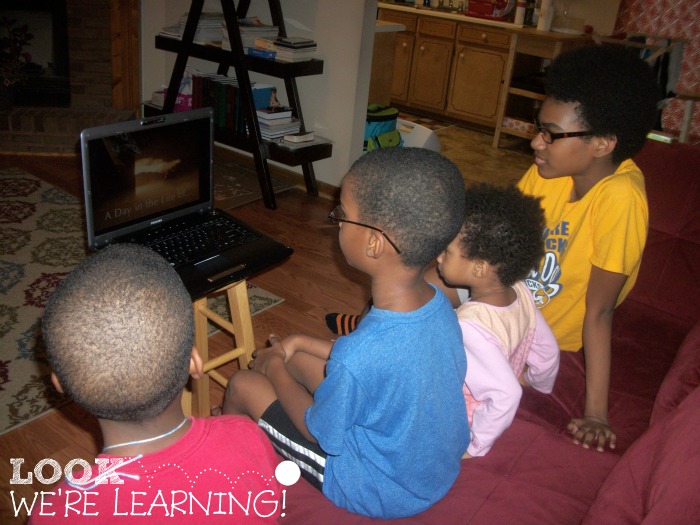
After we read the articles, we watched a video about firefighters and then we were off on our latest learning journey! Get a look at our Firefighters Unit Study to see what we learned!
We loved exploring Fun for Kidz, Hopscotch for Girls, and Boys’ Quest! And with so many great educational articles, we can use these kids’ magazines as the basis for several unit studies in the future!
If you’d like to try Fun for Kidz for yourself, you can get an awesome deal on your subscription through December 15, 2015! Order two subscriptions and get 50 percent off your order, including back issues, with the promo code HOMESCHOOL.
Terms:
- This deal is only valid through December 15, 2015.
- Postage for shipping magazines outside the U.S. is not included in the offer.
To learn more about Fun for Kidz, visit the company’s Facebook page and “Like” it to receive updates!

